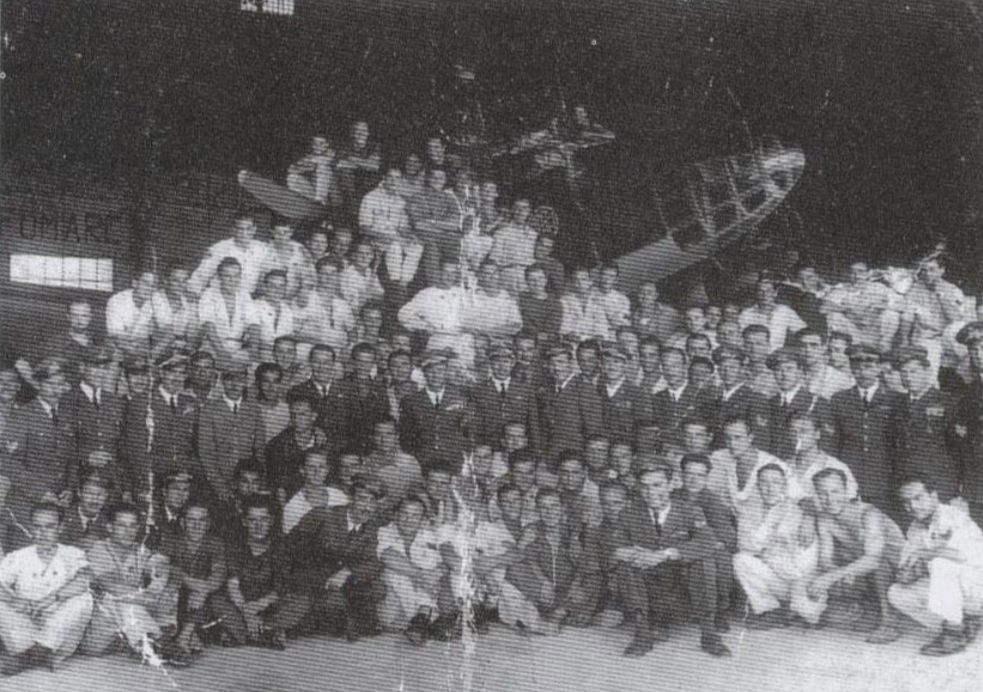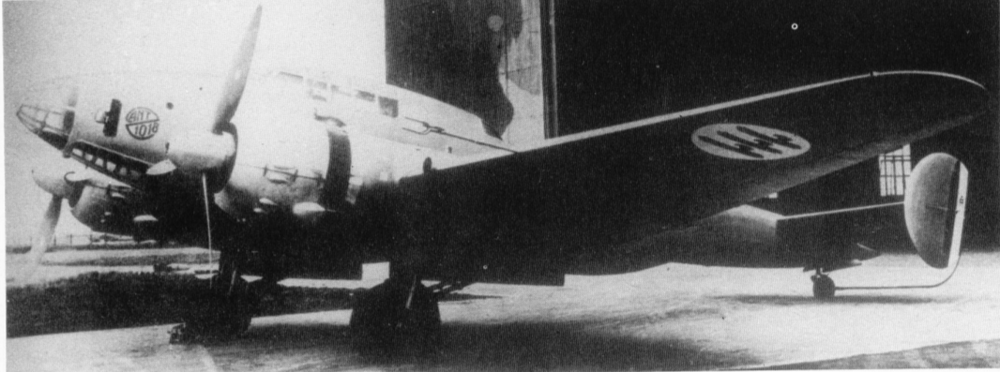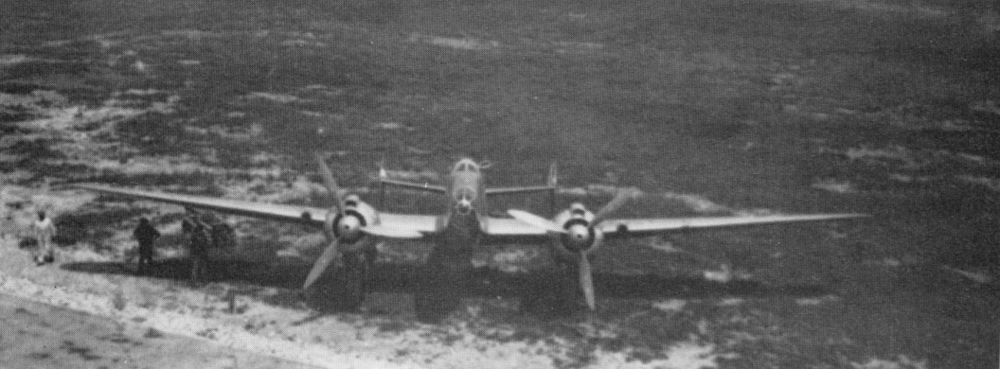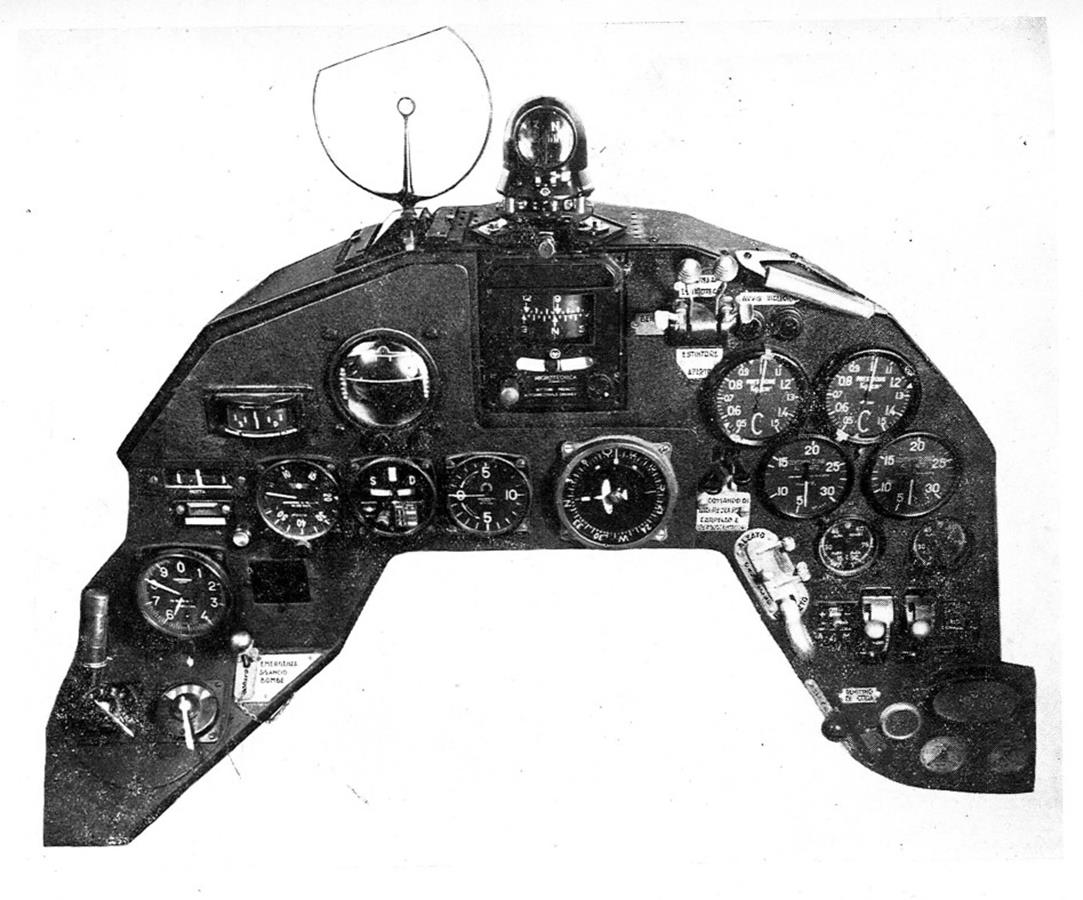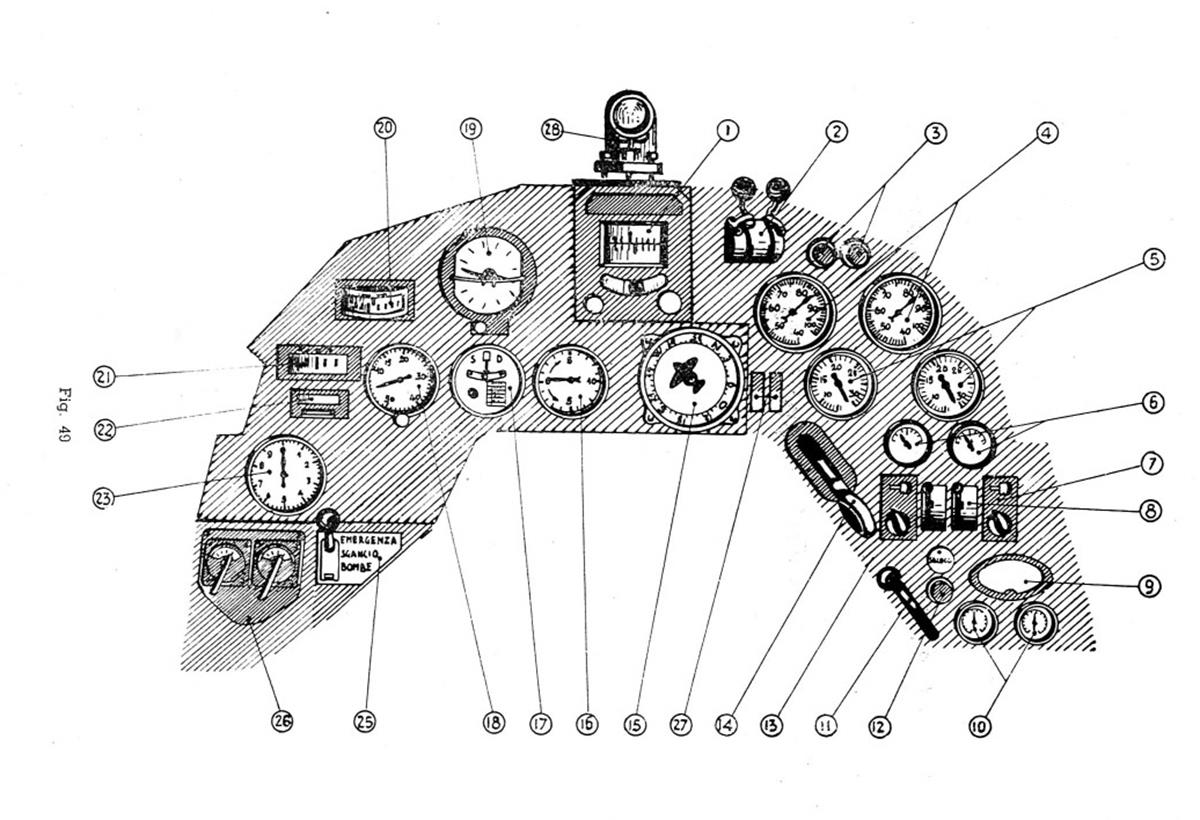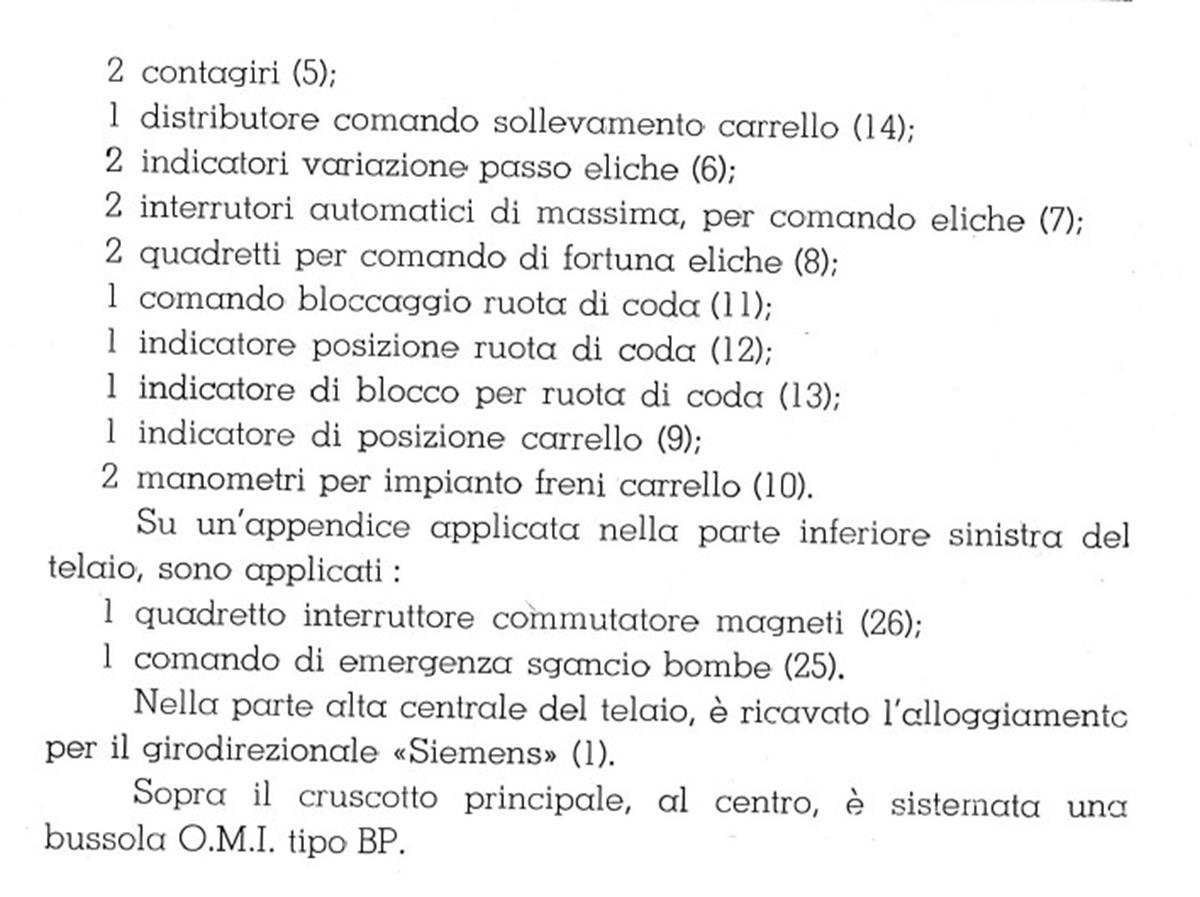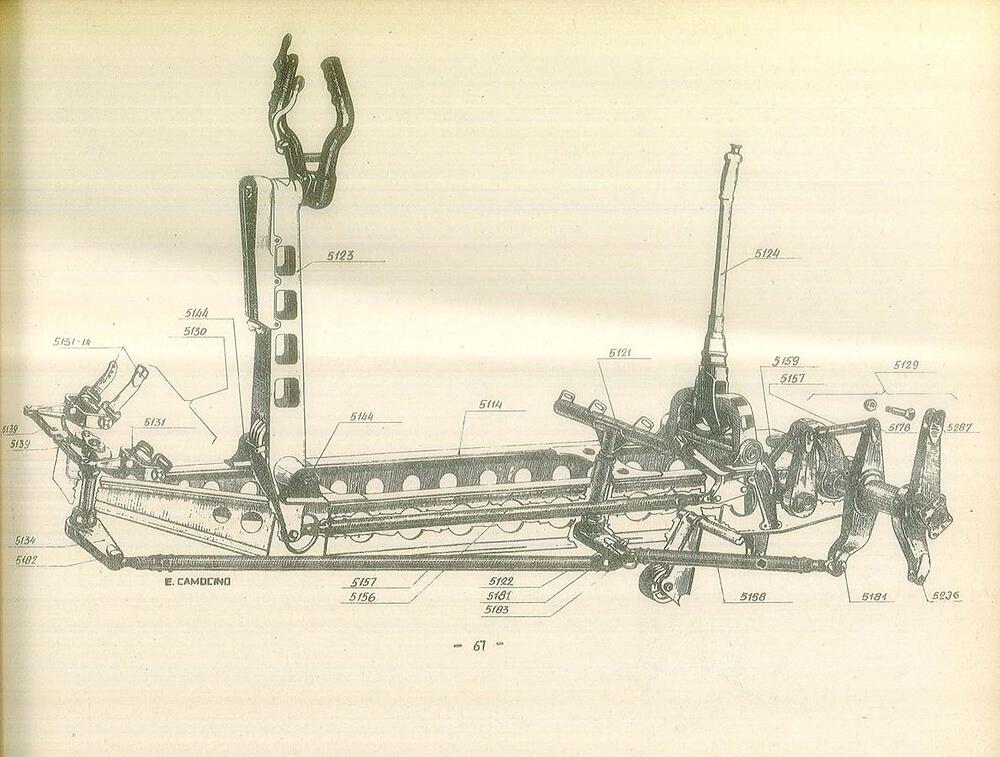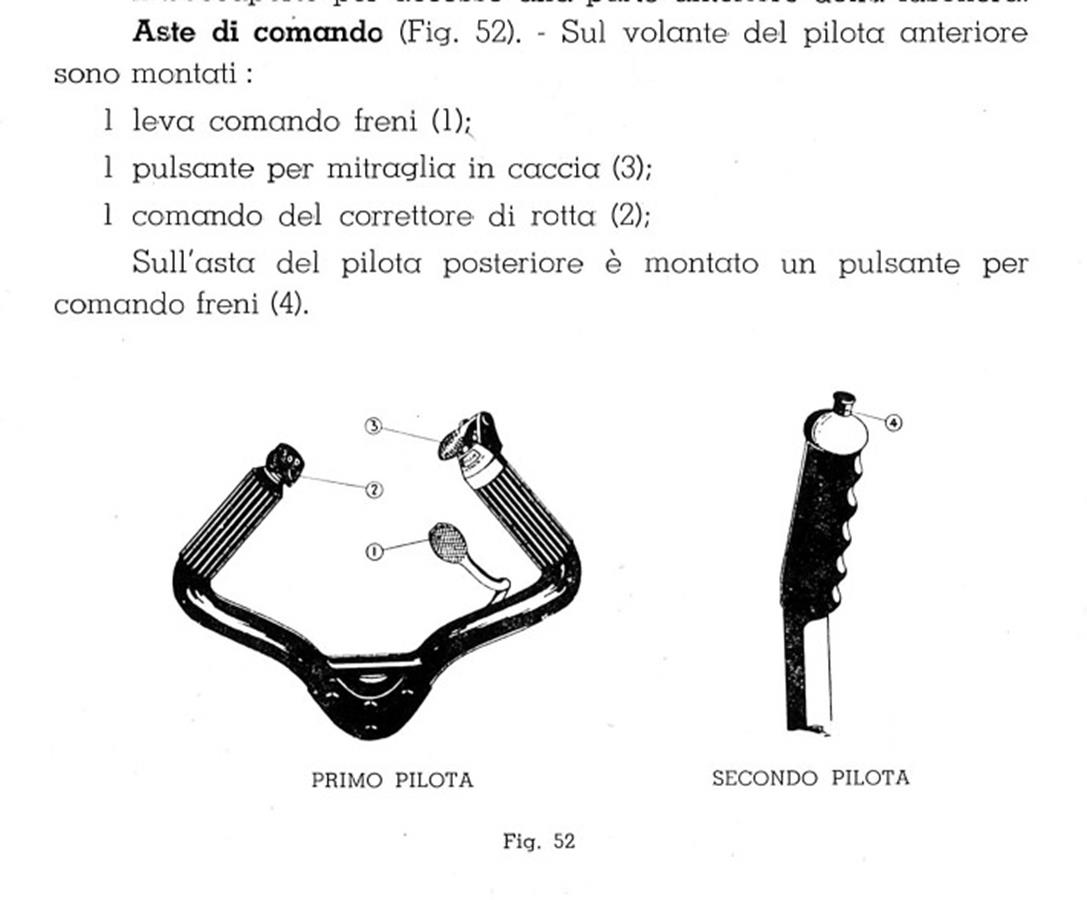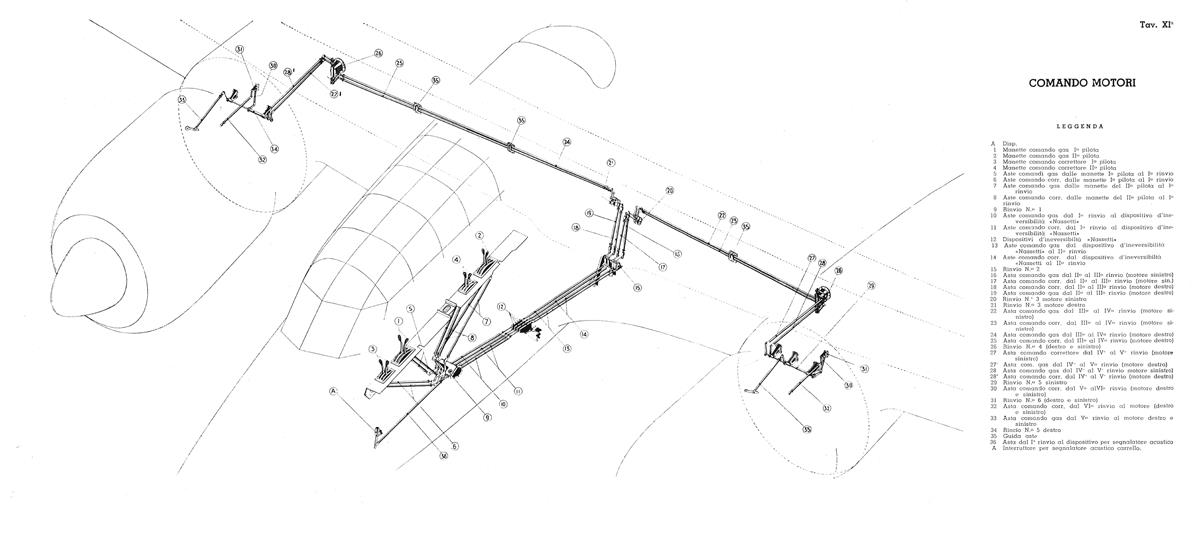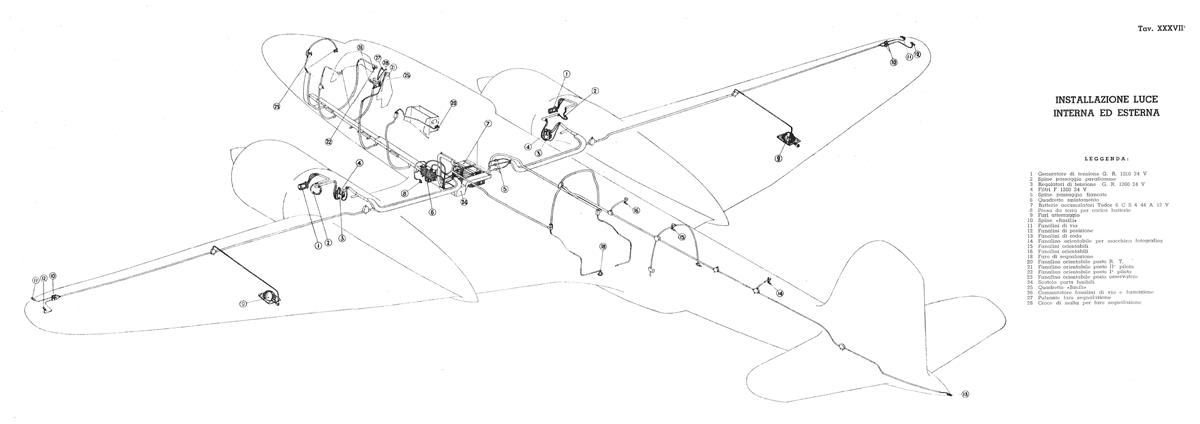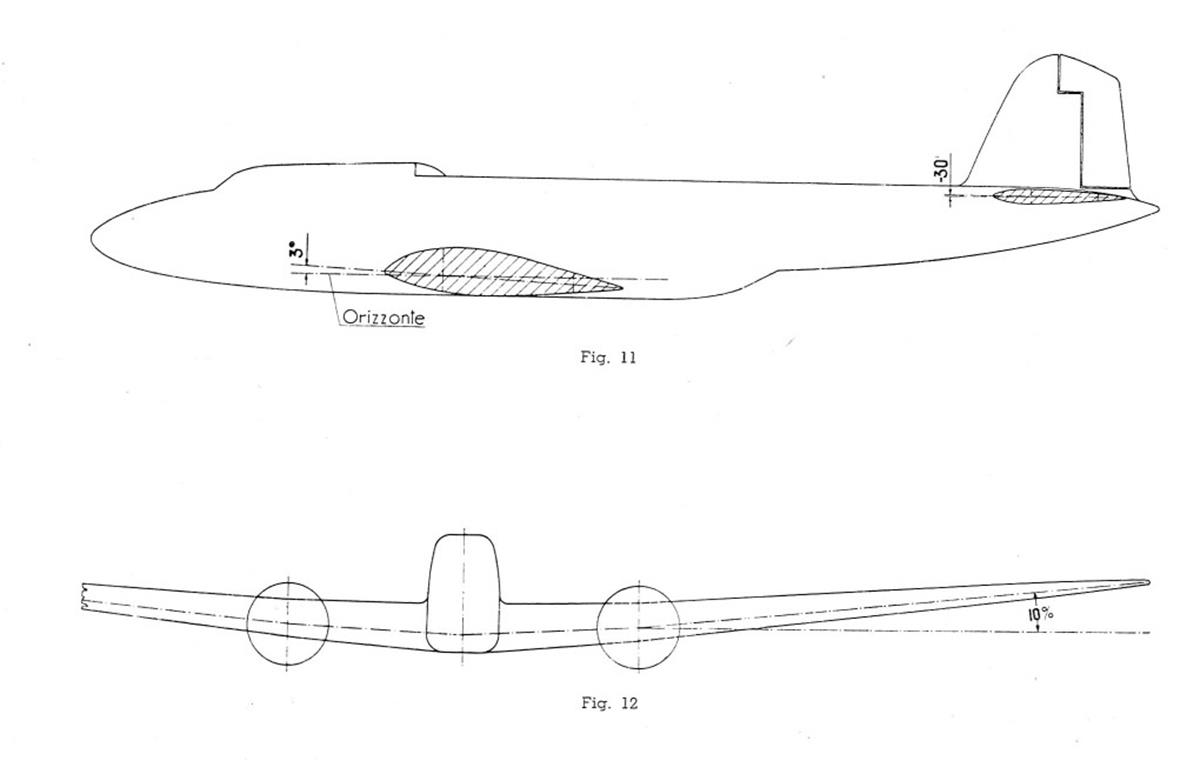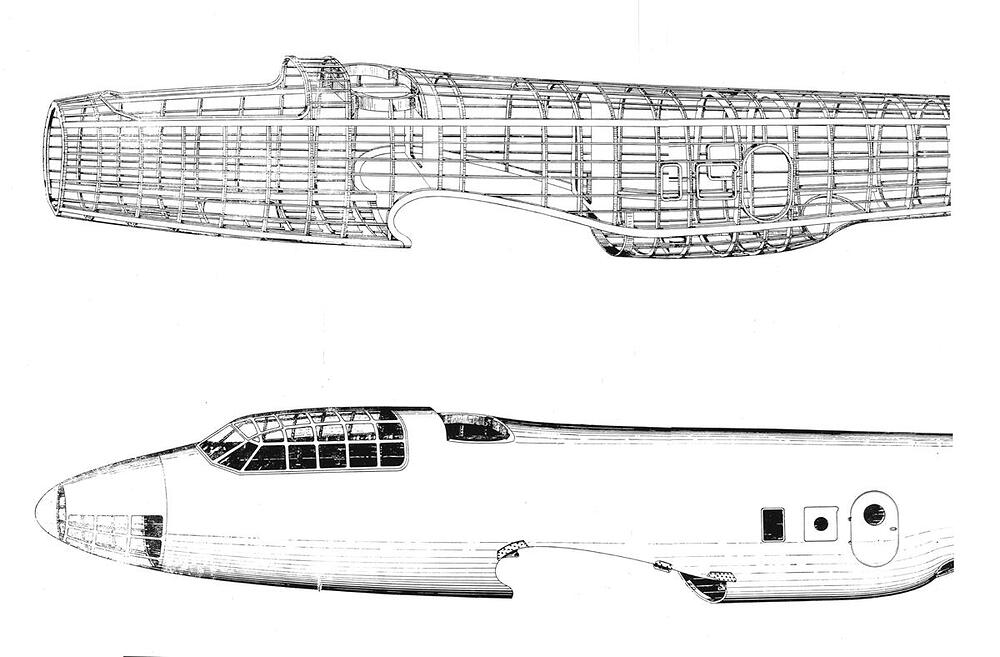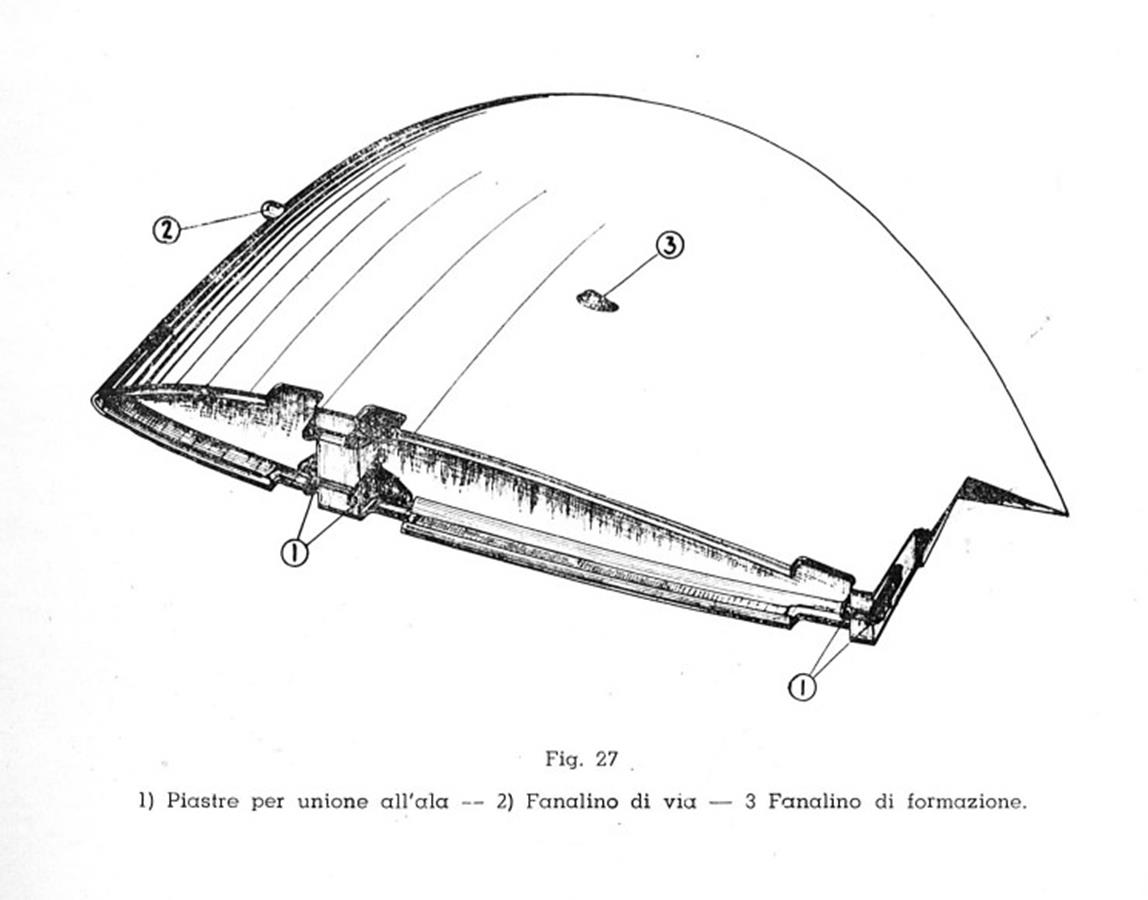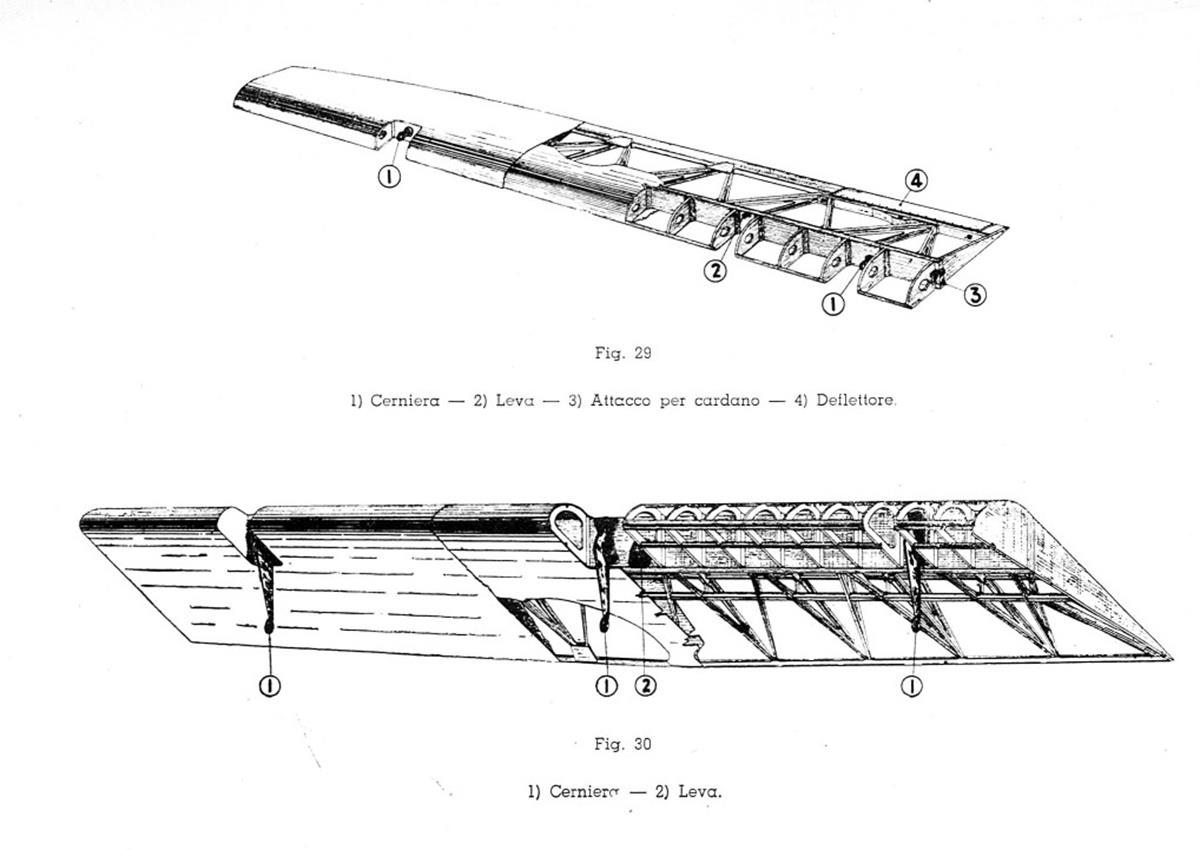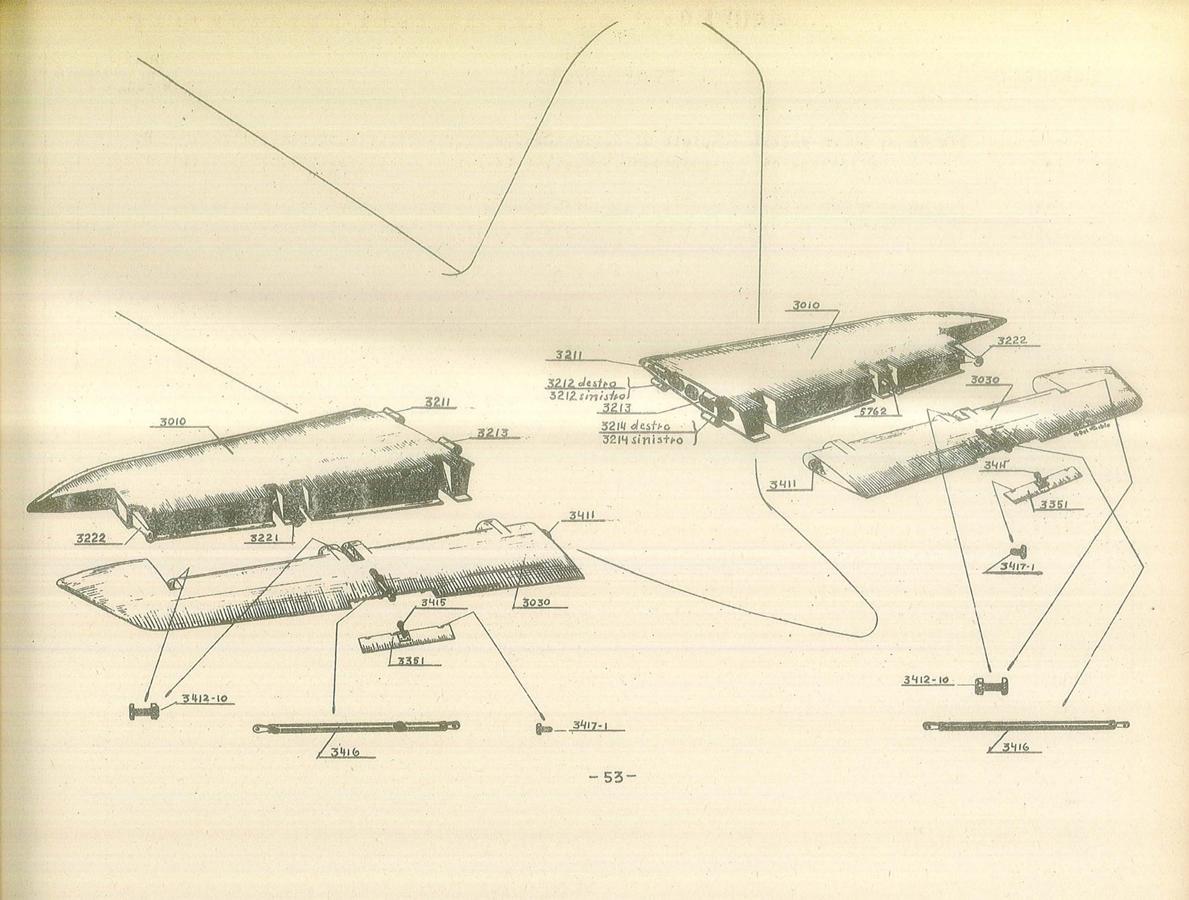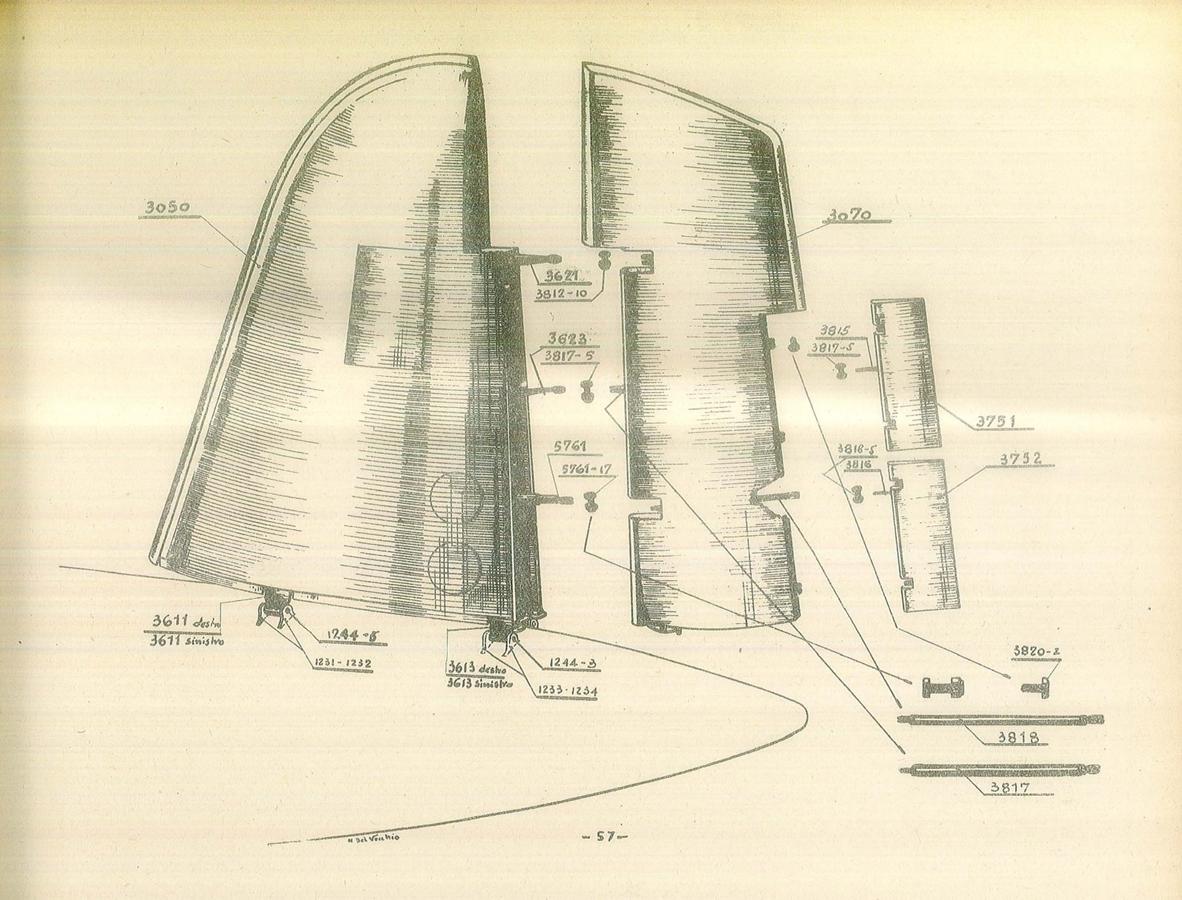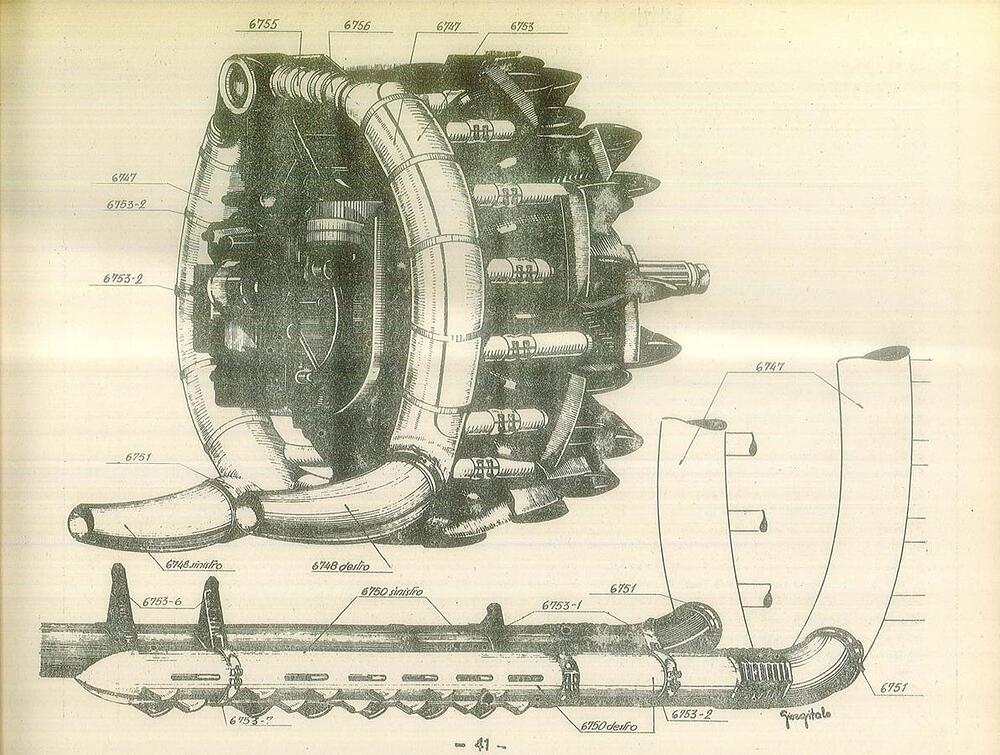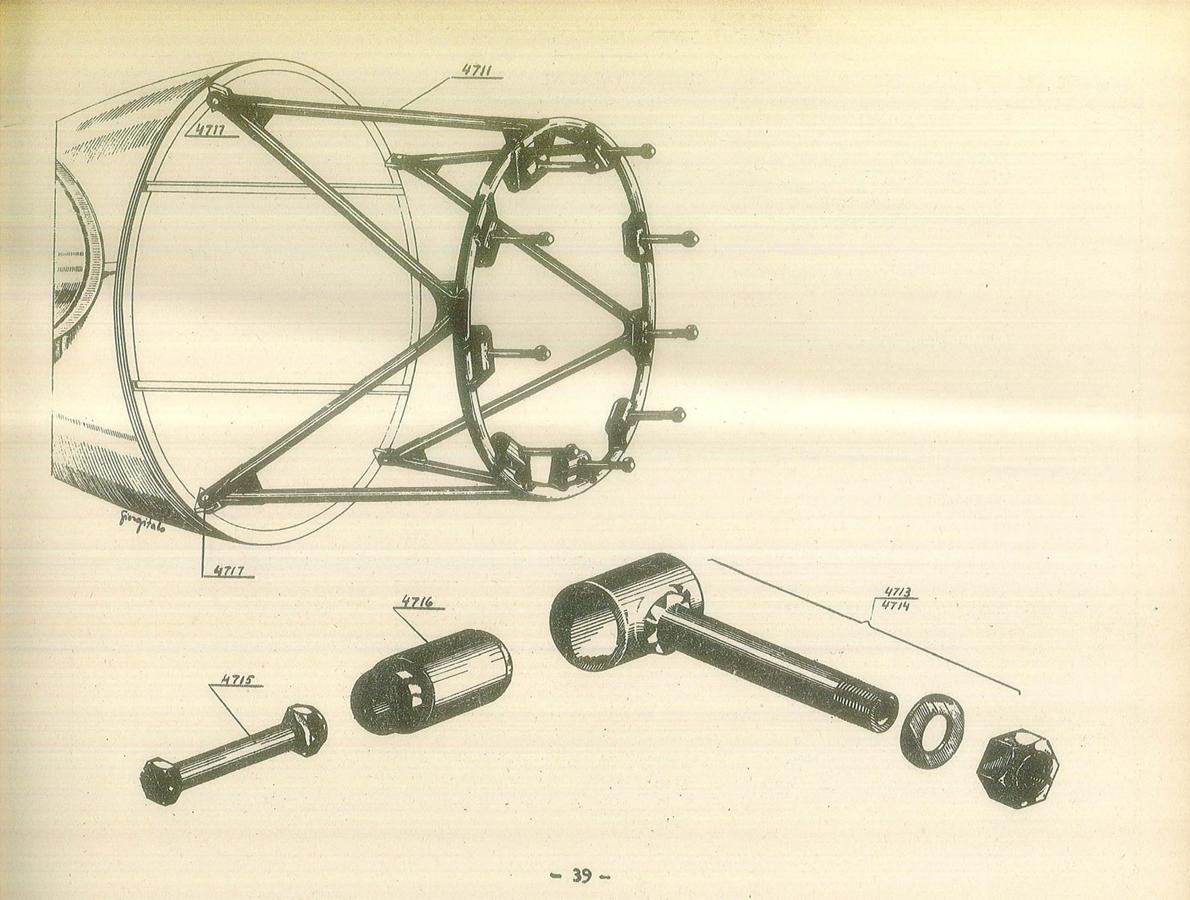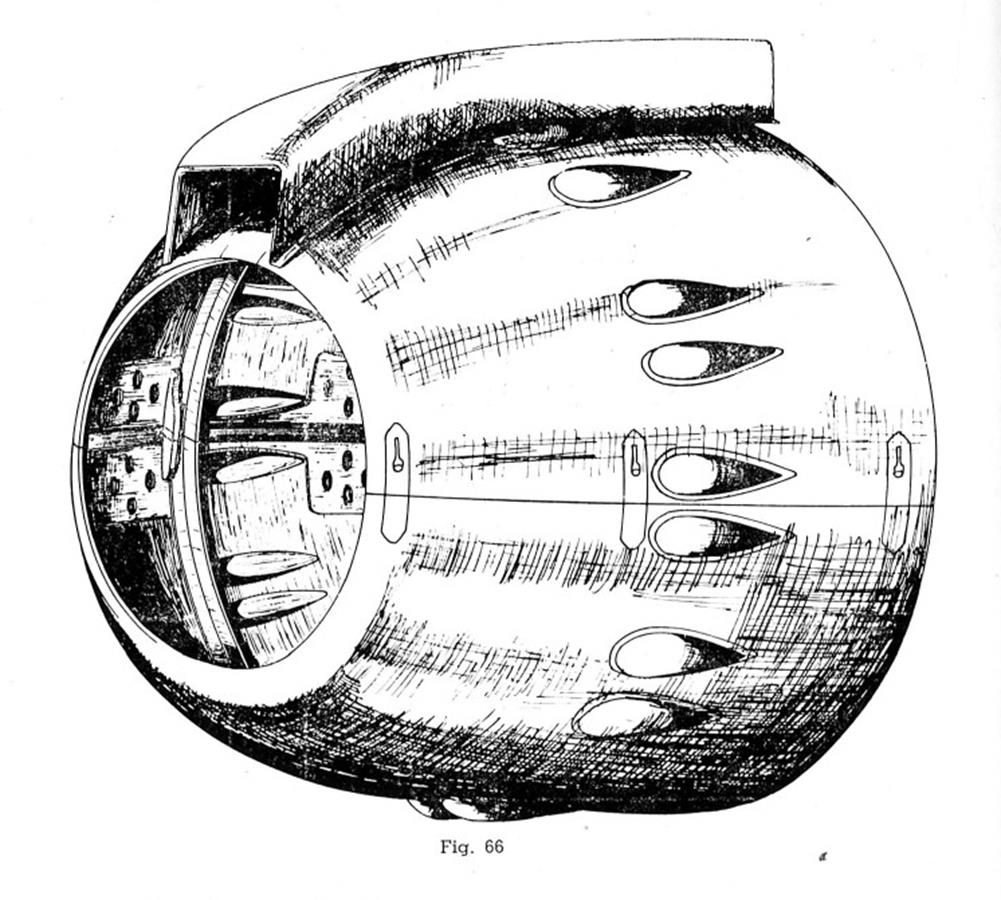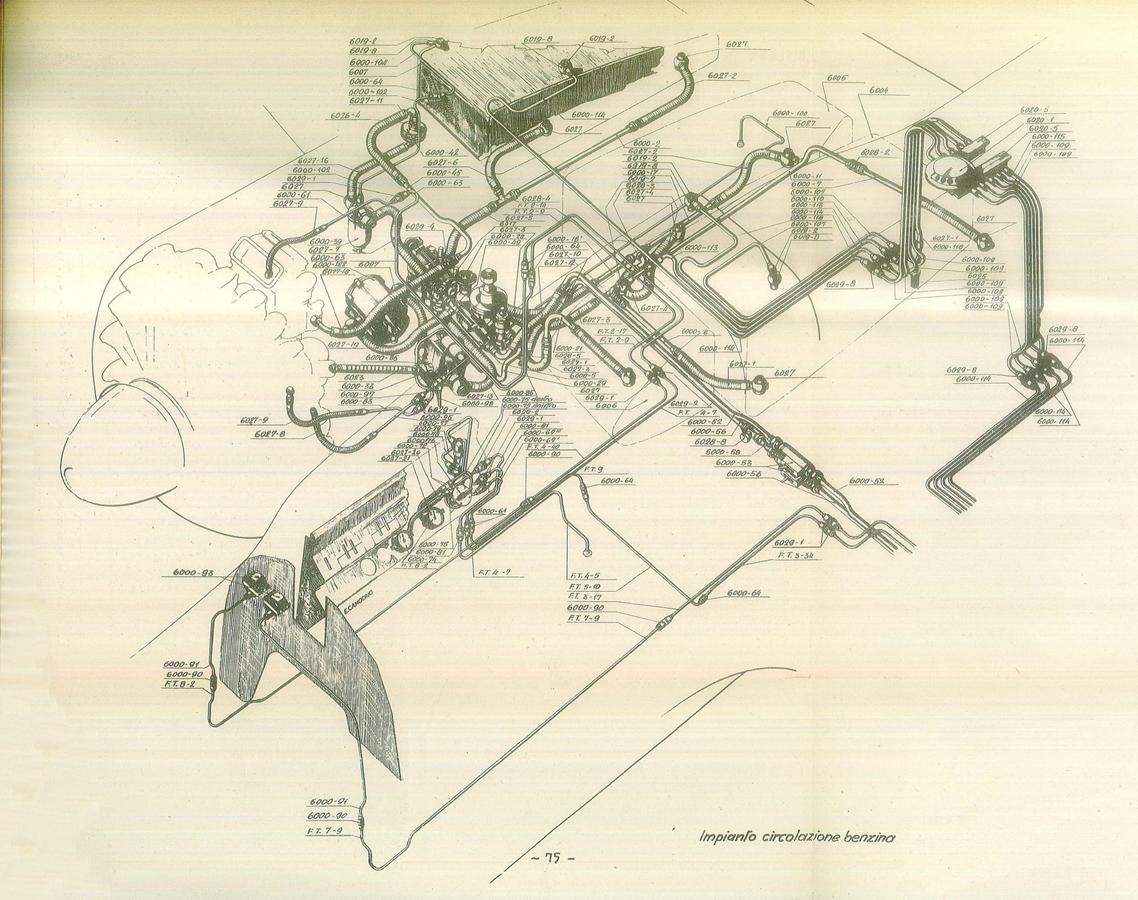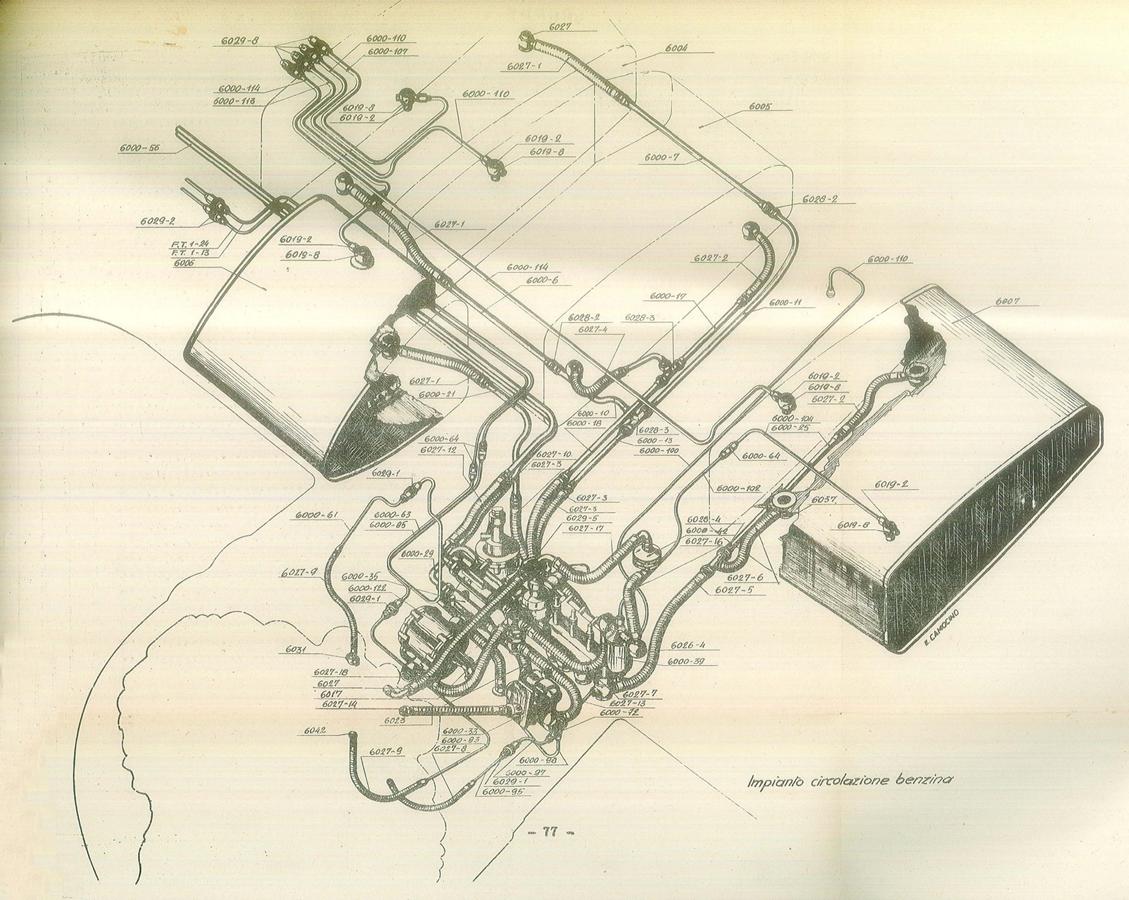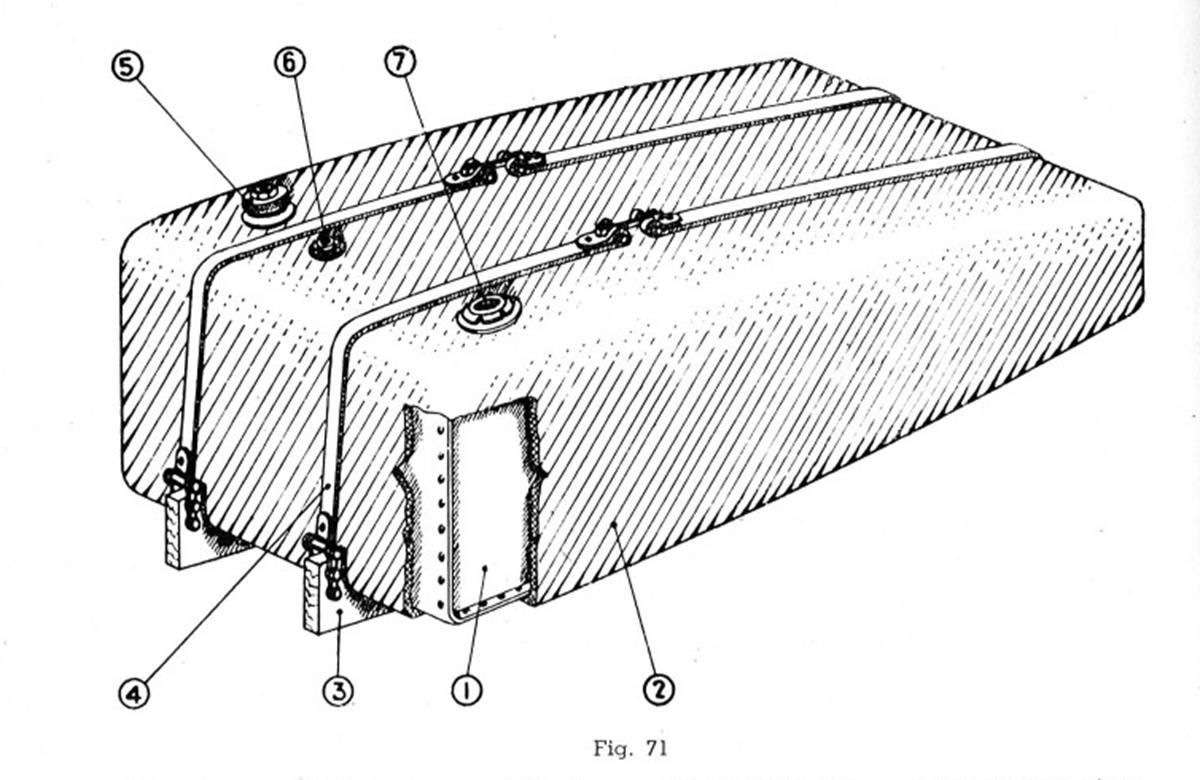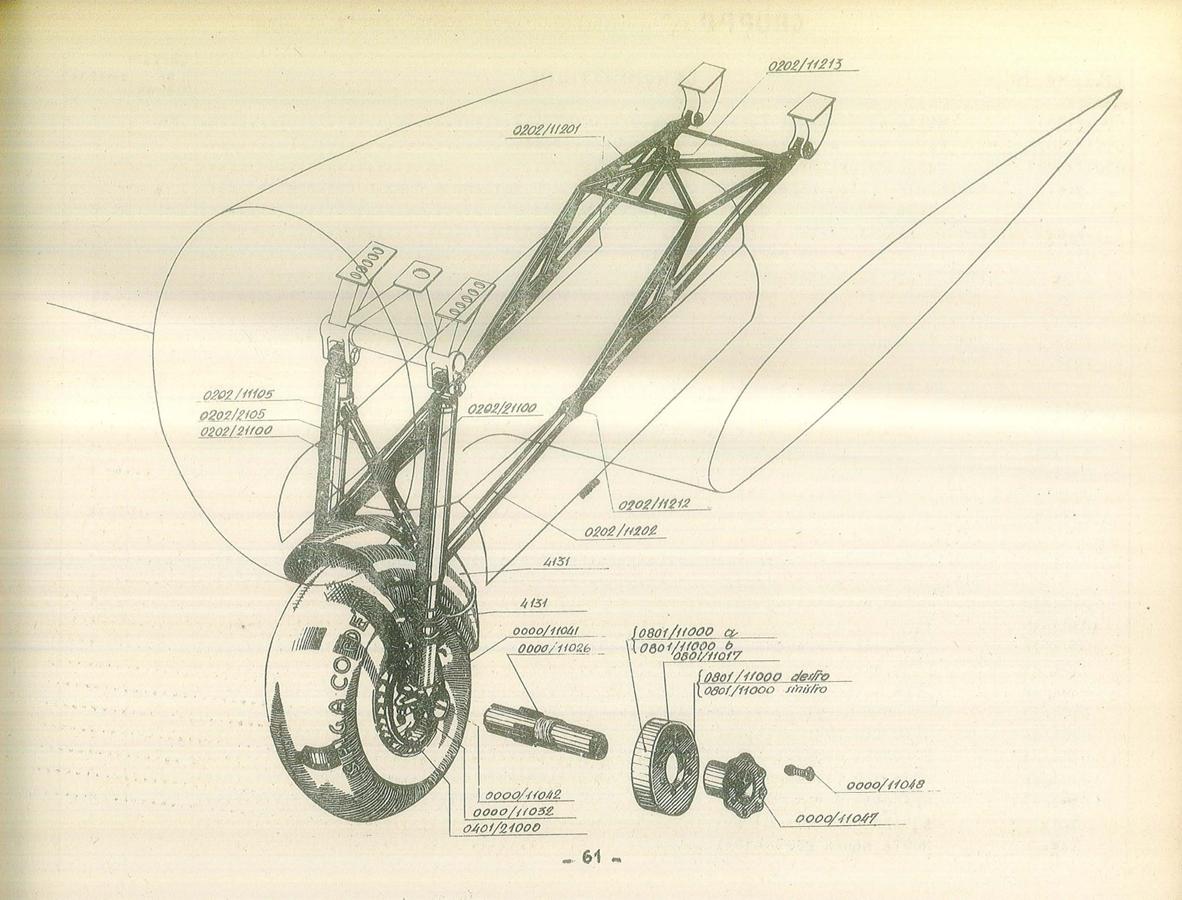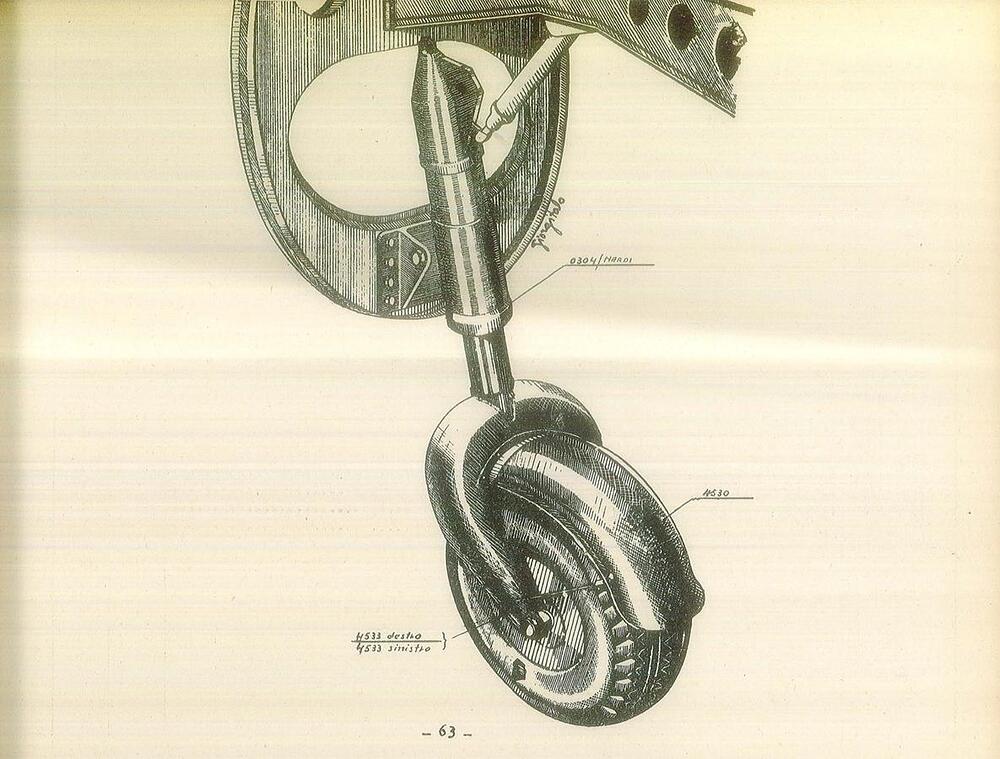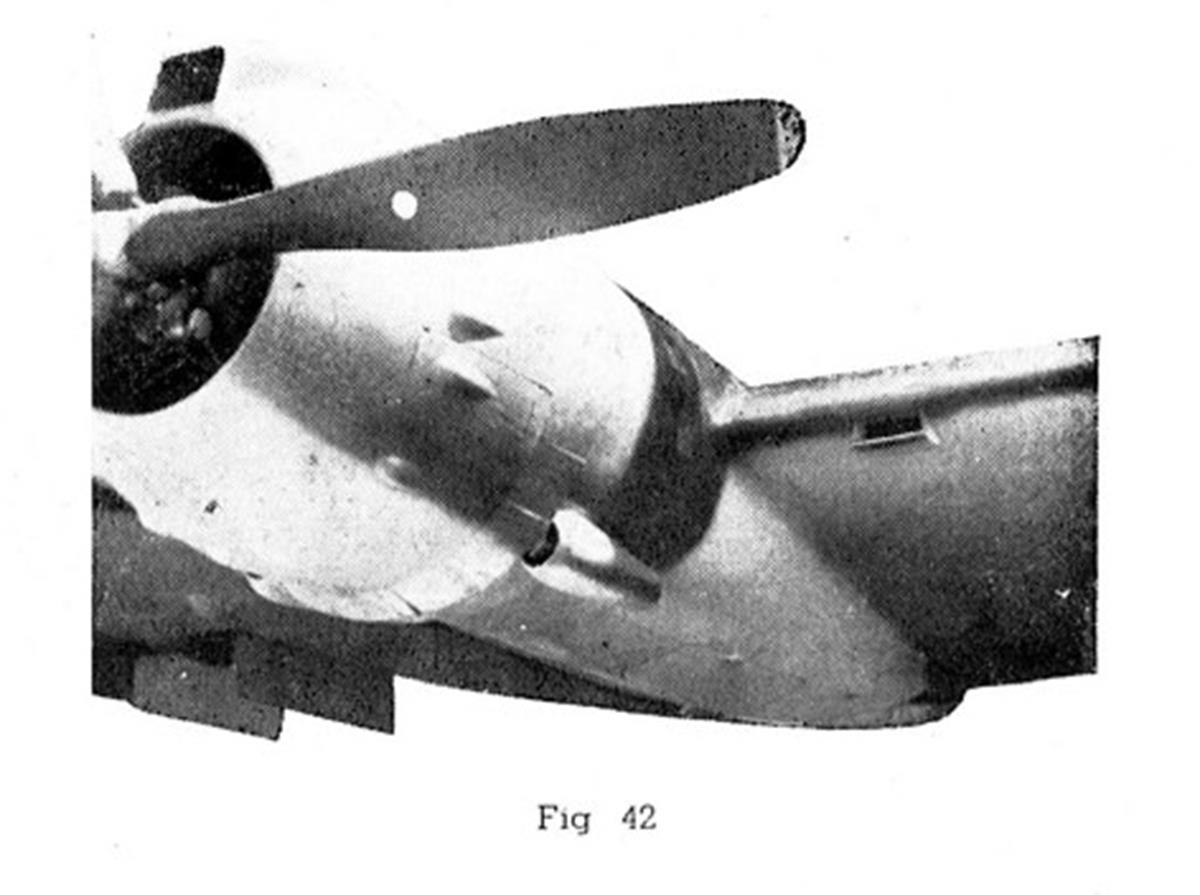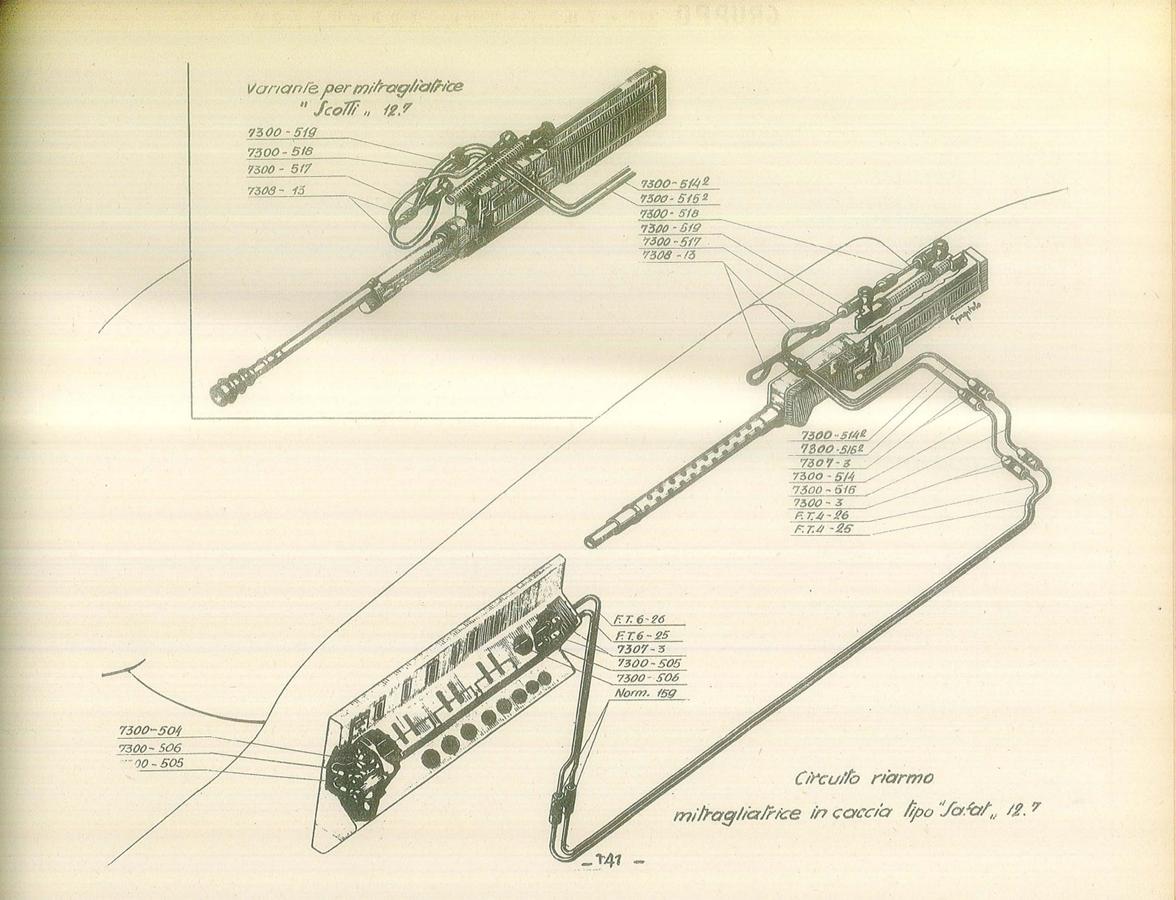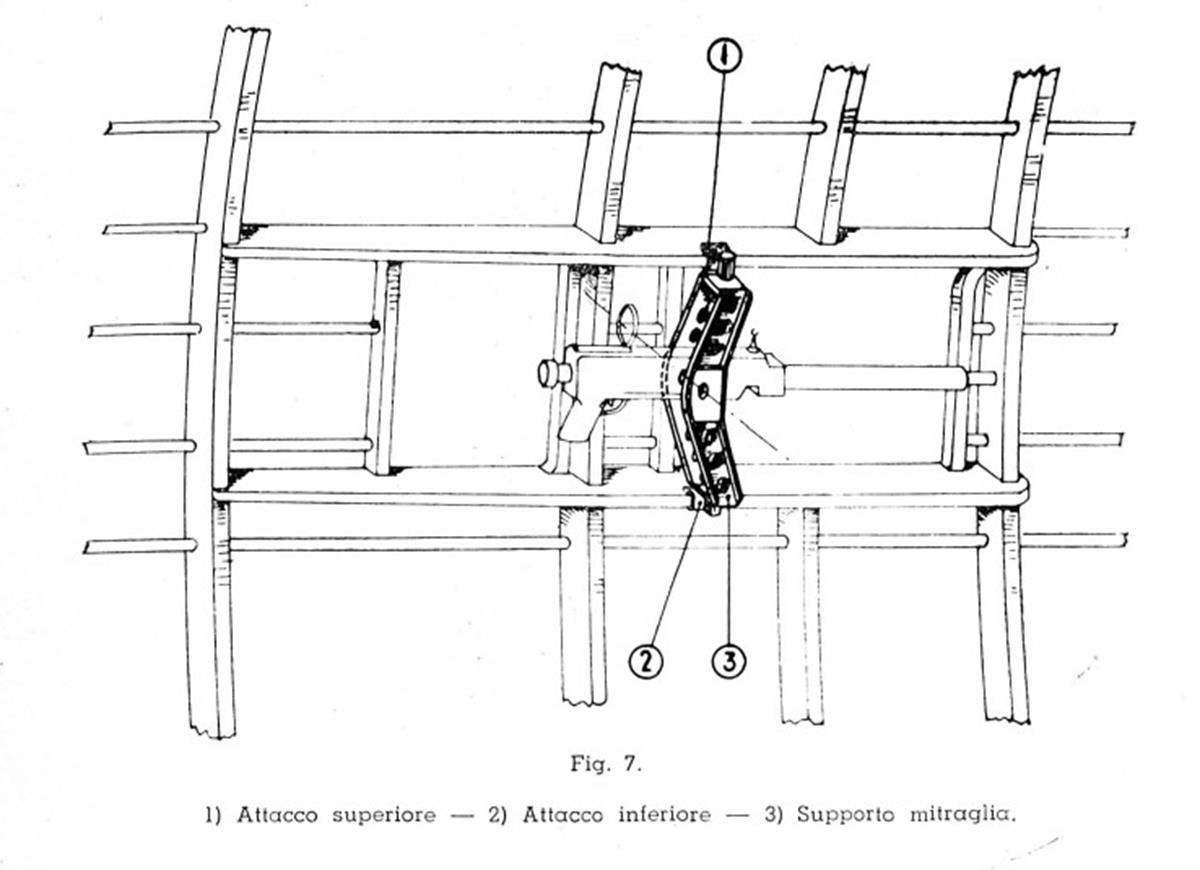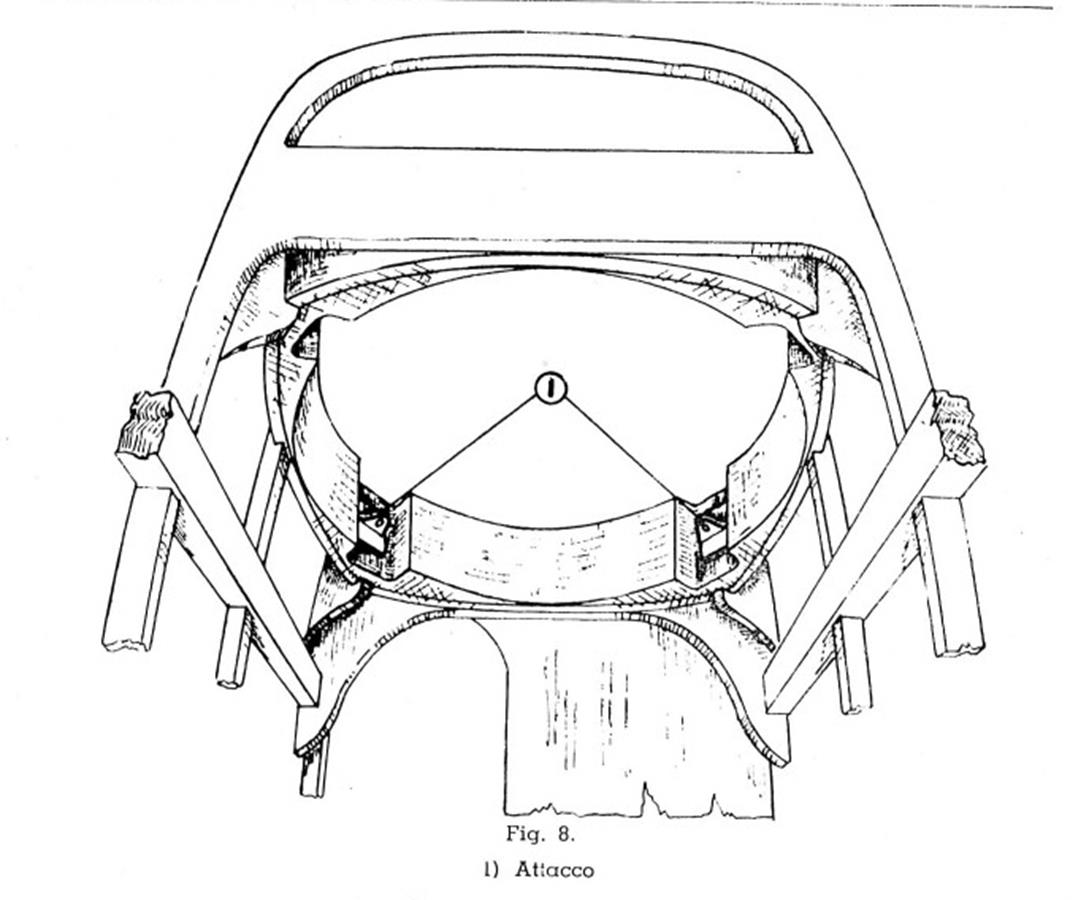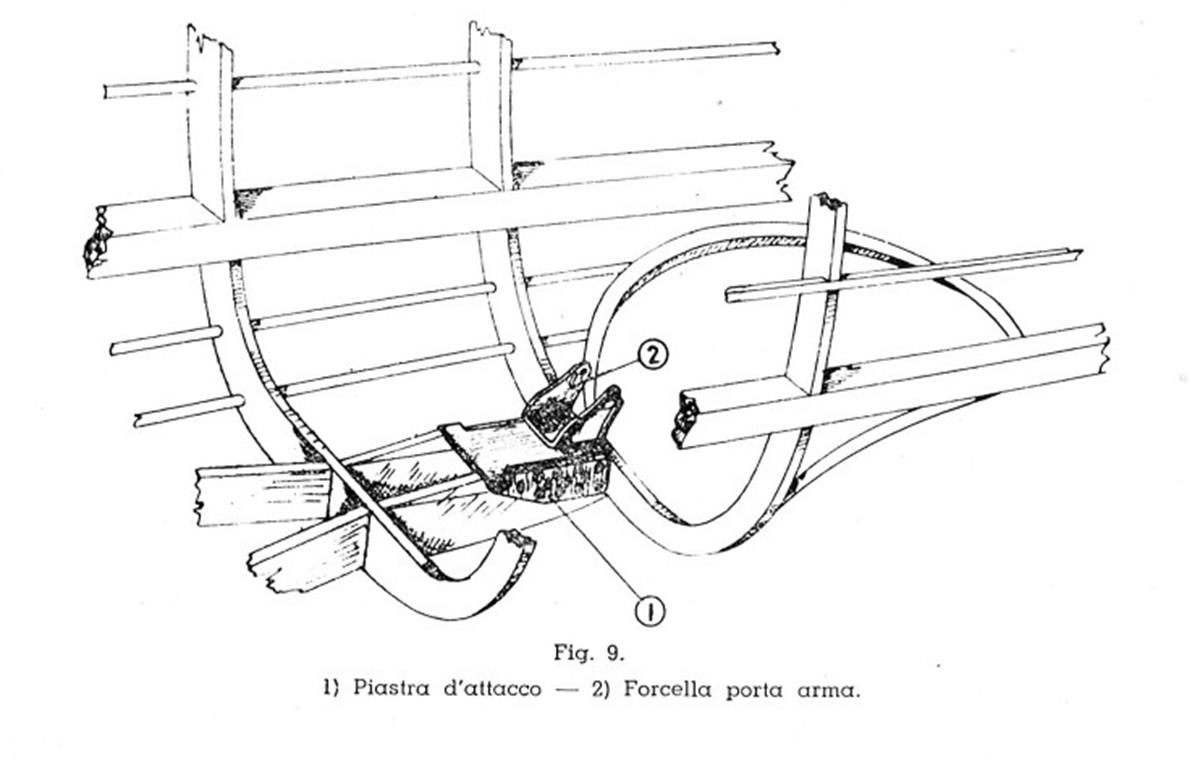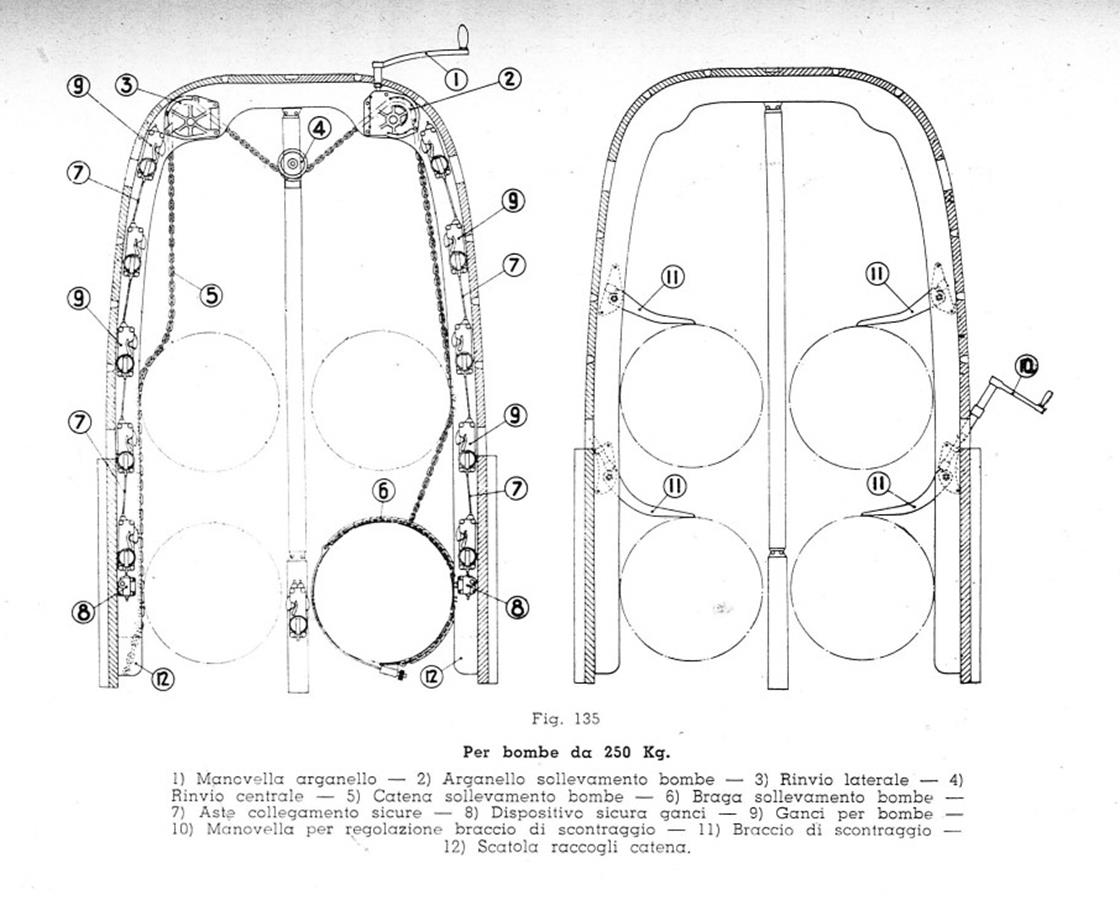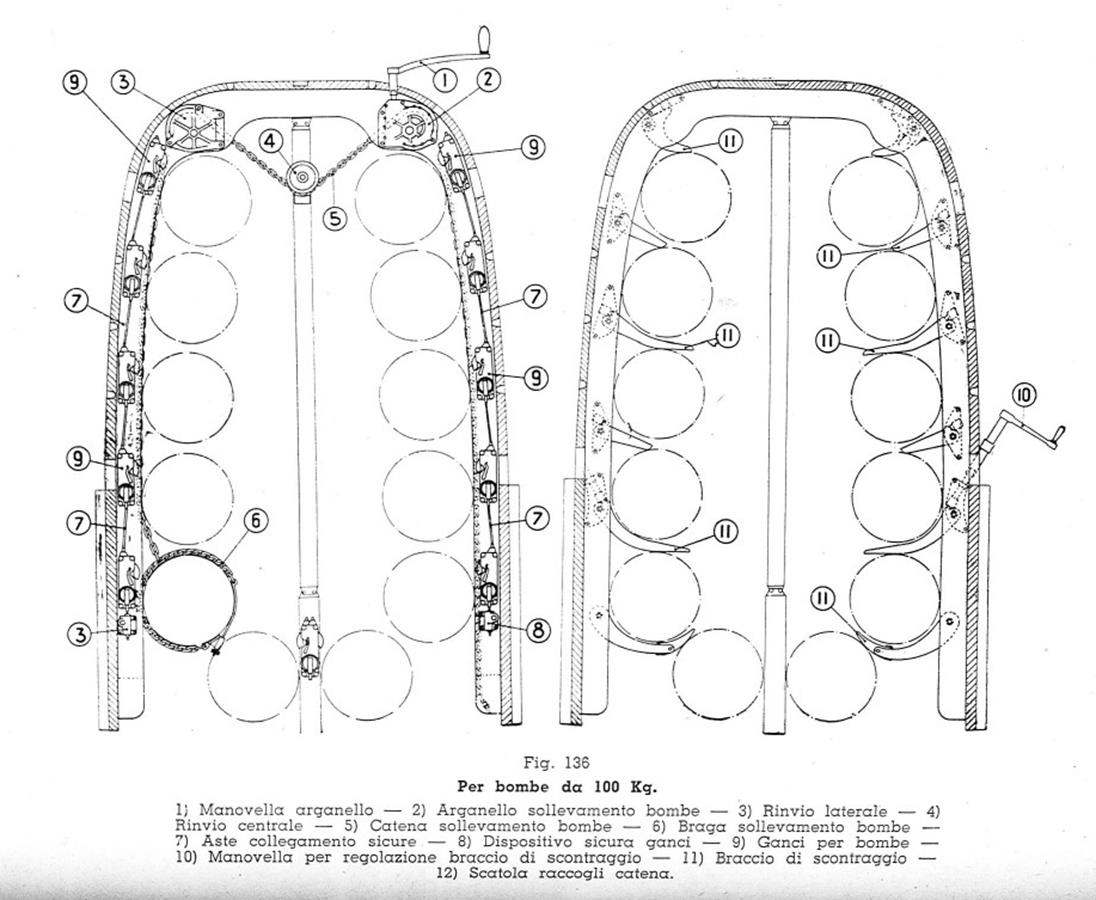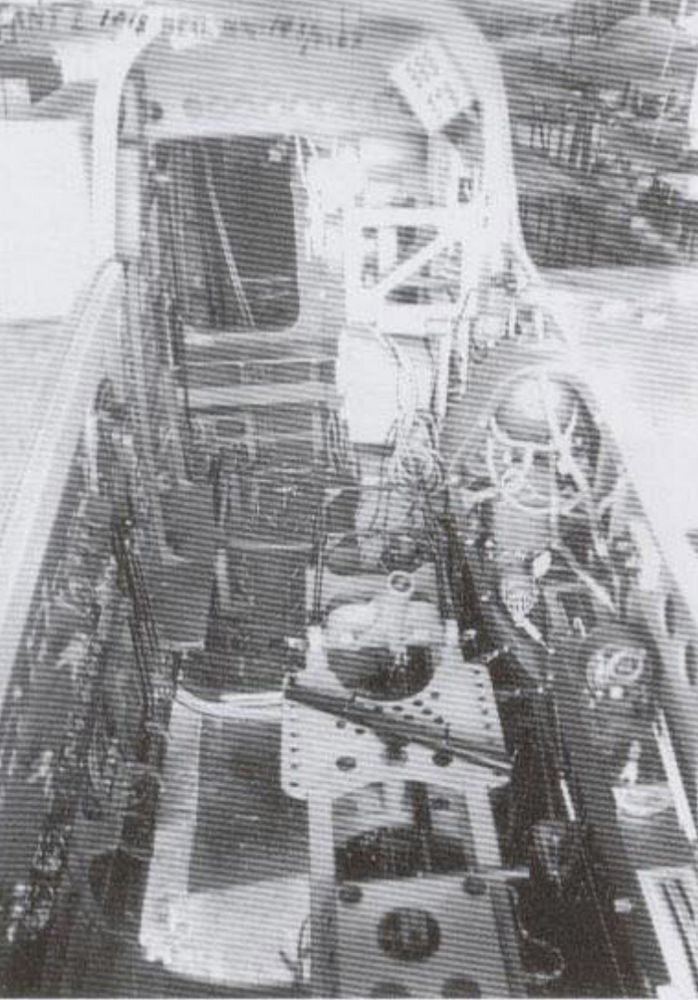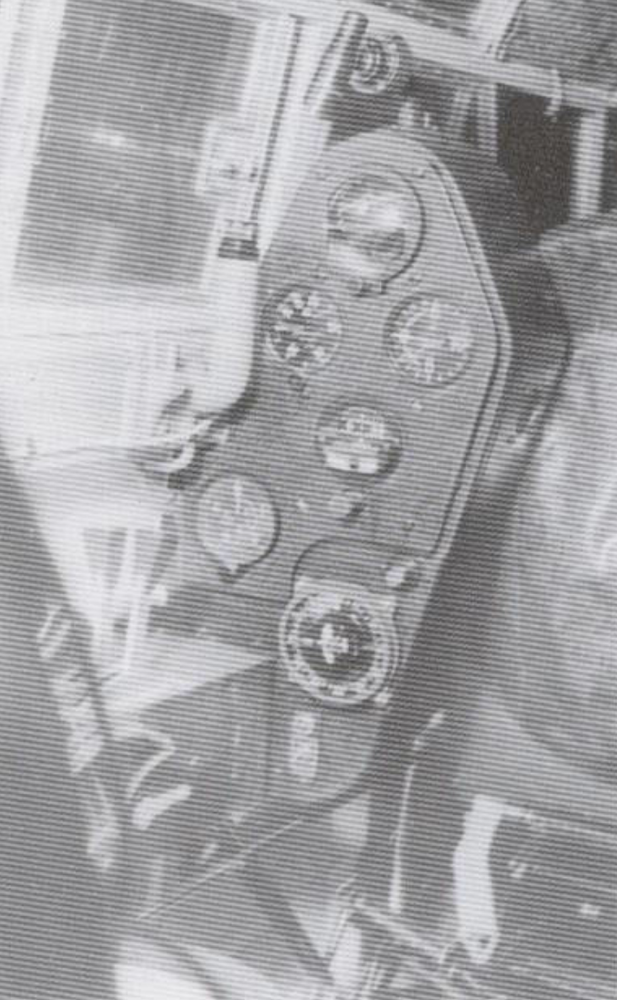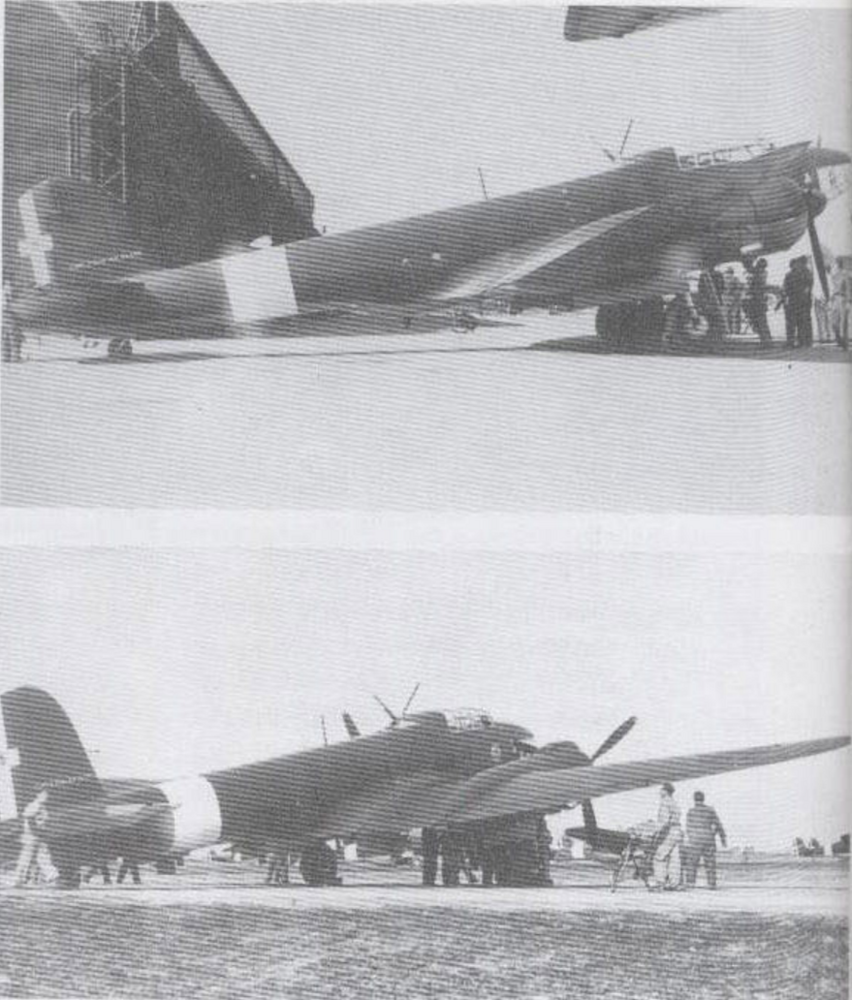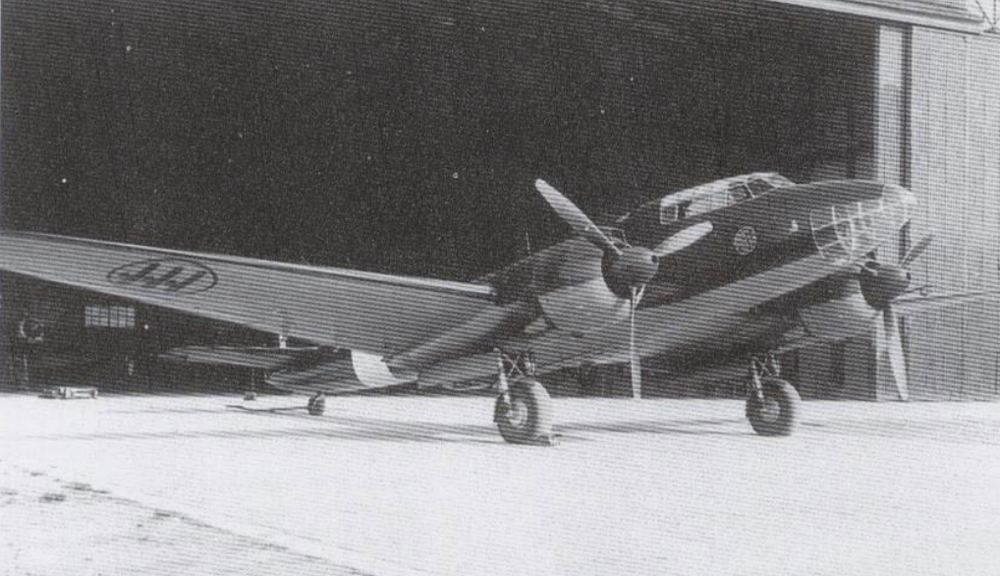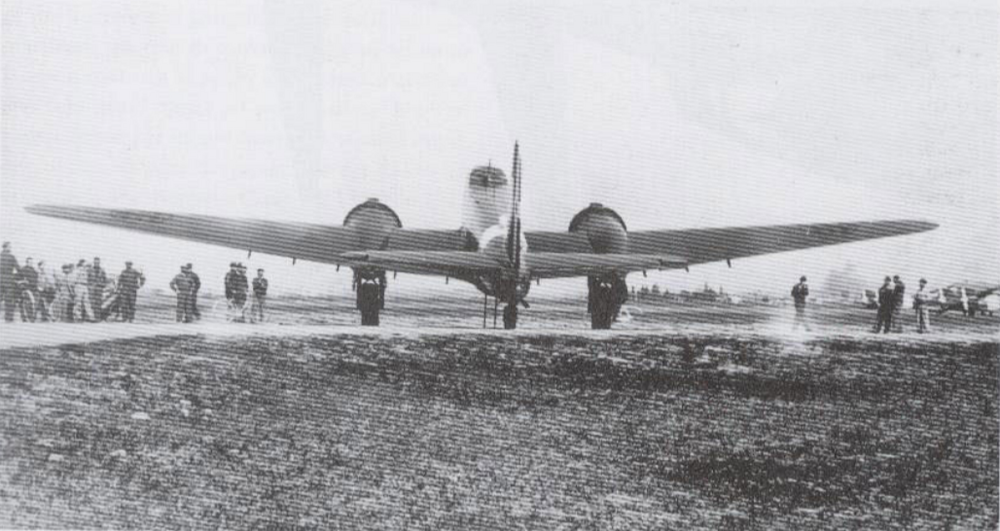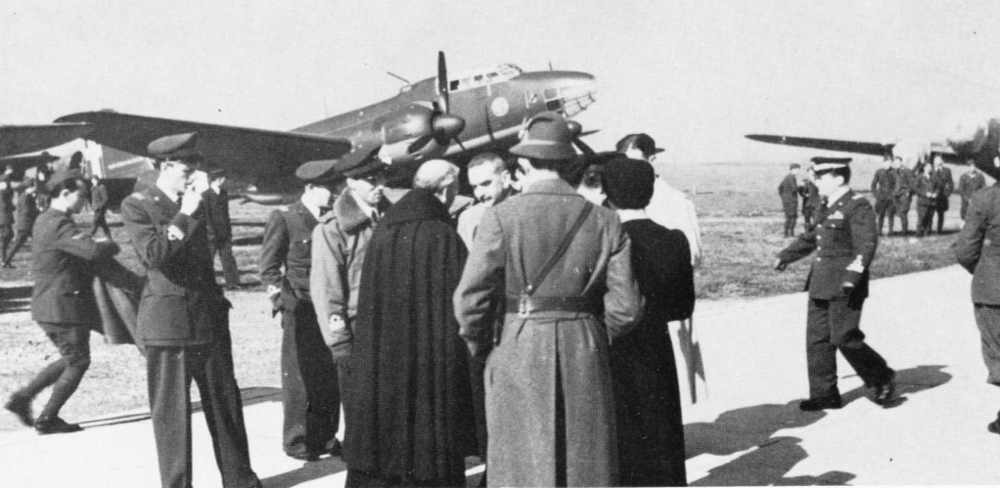Welcome! This time we take a look at CANT Z.1018A unit MM.24292
Aircraft that was equiped with Piaggio P.XV engine with more power than P.XII and double speed supercharger
You can look up production version over here
Genesis
It all starts in January od 1938 with „Bombardiere Normale” program for 5 men bomber with internal bomb bay and max speed 530km/h, multiple projects were proposed but none meet expectations. Finally commision decided to go with CANT proposition Z.1015 instead, but in February 1939 Filippo Zappata submits a proposal to build a new twin-engine fast bomber as a lighter and cheaper alternative to the not-so-successful Z.1015. A naval version of the Z.514 was also offered by installing floats from the Z.506. Already on 21 February the project was accepted, but with a number of requirements: strength factor 9, front and belly defensive guns, 360° turret on the back and side guns, only the firing angle of the upper possition got challenged by the designer and on 3 April CRDA gets the order to build a wooden prototype.
Prototype MM.467:
This machine called “flying mock up”, differed from the production units in the design of the tail and that it was powered by new Alfa Romeo 135 RC.32 „Tornado” engines with 4-blade propellers, although high vibration and overheating were demonstrated during testing. The aircraft had a very narrow fuselage, a twin tail, retractable all wheels into the engine nacelles and tail, a tandem cockpit. It was also not yet armed.
On 9 October Mario Stoppani made the first flight from the factory to Ronchi dei Legionari, followed by tests for about 10 hours of flight, the maximum speed achieved was 462km/h at 4300m at 2400rpm, with a cruising speed of 388km/h.
In March 1940 the engines were changed to Piaggio P.XII RC.35 of similar power with Piaggio 1002bis three-blade propellers. On 7 June 1940 a top speed of 517km/h(corrected to 513) was achieved at 5250m with a weight of 10000kg and 515km/h(509) at 4750m and a weight of 11000kg, a climb of 12min30s at 6000m was achieved.
Photos of prototype:
Wooden serie
On 31 October 1940, 100 machines were ordered to be produced, but in order to speed up production, 10 wooden units were ordered to be constructed on 26 December 1940, to distinguish them from the metal series they were named Z.1018A and served as a test platform.
After much deliberation and modification of the design, the first flight was made by MM.24290 on 25 March 1942 at Guidonia. During testing, it achieved 524km/h at 4500m and a climb rate of 7min34s to 4000m and 14min4s to 6000m. During september 1942 aircraft was tweaked to improve handling, after more flight tests, on 8 November 1942 it returned to Monfalcone for minor modifications. The aircraft performed well unfortunately an accident at Pontedera grounded it for several months.
MM.24291 and MM.24299 were equiped with torpedo rack, but -91 was damaged so only -99 done tests
MM.24293-24298 were used for training of crews
Instalation of P.XV and tests
Since the approval of wooden serie production, the Command considered installation of a variety of engines, but finally settled on the P.XII with one exception for testing the P.XV. A report dated 5 April 1943 states that unit MM.24292 is now ready to be transported for engine assembly, and on 5 May 1943 it went to Pontedera for the assembly of Piaggio P.XV RC17/60 Uragano engines. The aircraft was tested under the supervision of engineer Armando Palanca, assigned to inspect the work on the two-speed compressors.
The first flight took place on 17 June 1943 but by overheating the engines a low ceiling was maintained. After some improvements(like enlargement of radiator from 3,2m2 to 4m2), the second flight took place on 22 June where good operation was demonstrated at 3000m in both level flight and climb, the compressor was also tested. This was followed by a normal power climb to 6000m, with the second gear of the turbocharger engaged at 3500m.
On 31 June 1943, a turbocharger test was carried out and 6800m was established for 2nd gear, but the test was not recognised due to falling oil and fuel pressure during climb. After modifications to both systems, a detailed compressor test was carried out on 26 July which showed that 1st gear would start at 1650m and 2nd gear at 5890m. Sources say that a ‘fighter type’ test was planned, although it is not clear what this means. After the surrender, the aircraft was found by the Germans in Pontedera.
Construction
Twin-engined wooden low-wing aircraft with single tail and retractable whole undercarriage.
Cockpit in a tandem arrangement with the co-pilot behind the captain with a limited set of instruments. The almost elliptical fuselage was streamlined for minimal drag. The plastic-glazed nose housed a bombardier , 2 pilots in the cockpit and a radio operator/gunner were in frontal section, with positions for two gunners in the tail.
It was powered by Piaggio P.XV RC.17/60 “Uragano” engines with power of 1500hp at 1700m and 6000m with takeoff power of 1650hp. These were fitted in prepared sections on the wings housing four self-sealing fuel tanks each with a capacity of 3332l of fuel. Cantilever wings were trapezoidal with elliptical tips, structure consisted of 2 solid wooden spars and 20 ribs. Trailing edges of inner parts of wings have hydaulic flaps 3,3m2 of total area with 4 settings up to 45°. Steering surfaces were covered with linen.
Defensive armament consisted of 2x7.7mm Breda-Safat on sides, 1x12.7mm Breda-Safat ventral, 1x12.7mm Breda-Safat fixed in wing and 1x12.7mm Scotti in Caproni-Lanciani Delta F turret dorsal. The bomb bay accommodates bombs up to 250kg fixed to the walls with no crew passage. Heavier loads are hooked under the fuselage on 3 hooks, there was also a torpedo mount on 2 units.
Specification
Wingspan: 22,5m
Length: 17,6m
Height: 6,1m
Wings surface: 63,1m2
Empty mass: 8800kg
Max takeoff mass: 11500kg
Wing loading: 182kg/m2
Takeoff run: 354m
Engines: 2xPiaggio P.XV RC.17/60 Uragano
Power: 1500hp 1700m and 6000m
Takeoff power: 1650hp
Max speed: over 550km/h at 6000m
Weapons:
1xBreda-Safat 12,7mm 350 bullets in wing aimed by pilot
1xBreda-Safat 12,7mm 350 bullets ventral
1xCaproni-Lancini Delta F turret with Scoti-I.F 12,7mm 350 bullets dorsal
2xBreda-Safat 7,7mm 500 bullets on sides
Bombs:
1x1000kg
2x800kg
2x500kg
4x250kg
12x100kg
12x70kg
12x50kg
1x900kg torpedo
Technical drawings
There are no dedicated drawings of MM.24292, so here are drawings for Z.1018A:
Cockpit instruments and steering column:



Fuselage, wings and steering surfaces:

Engines and fuel system:
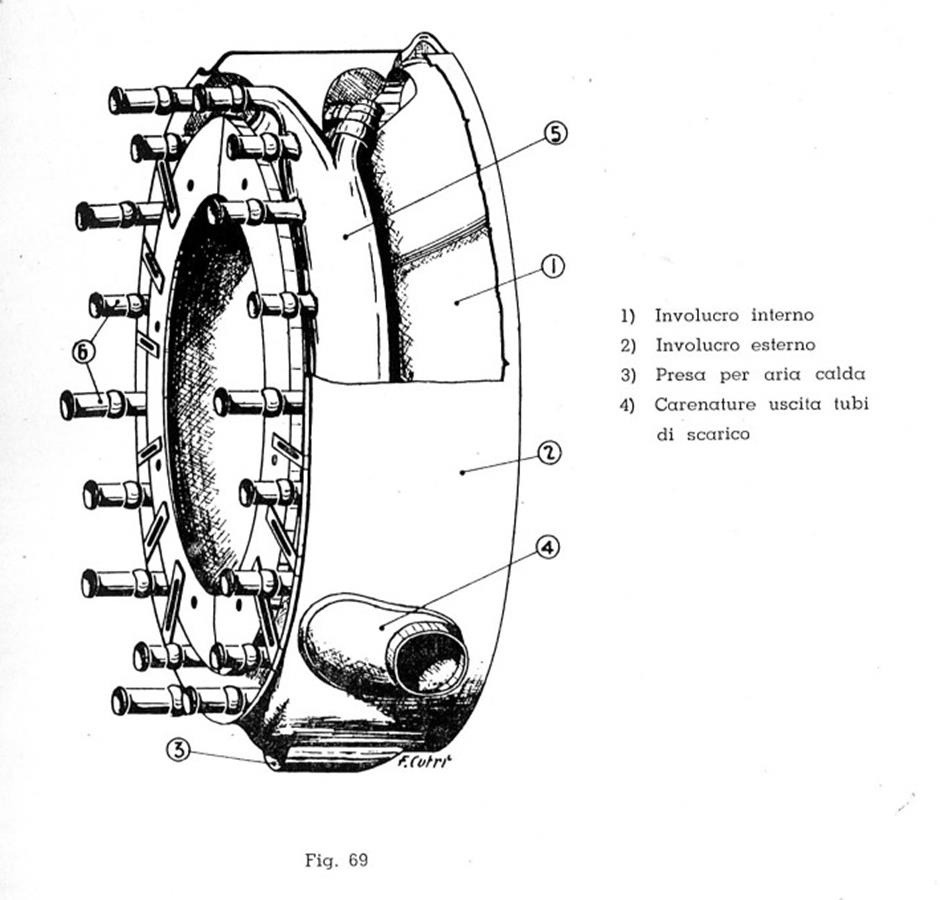
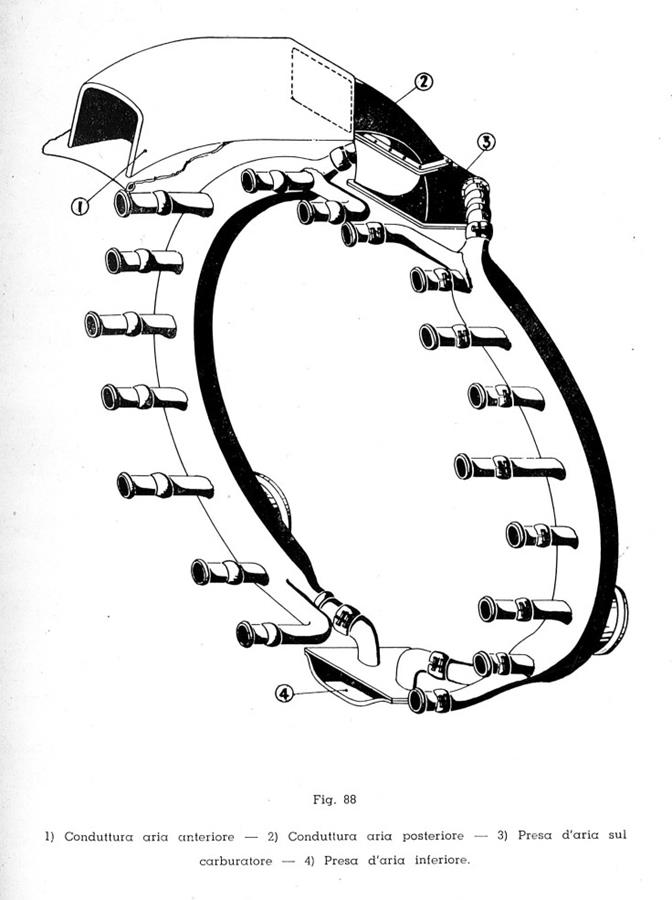

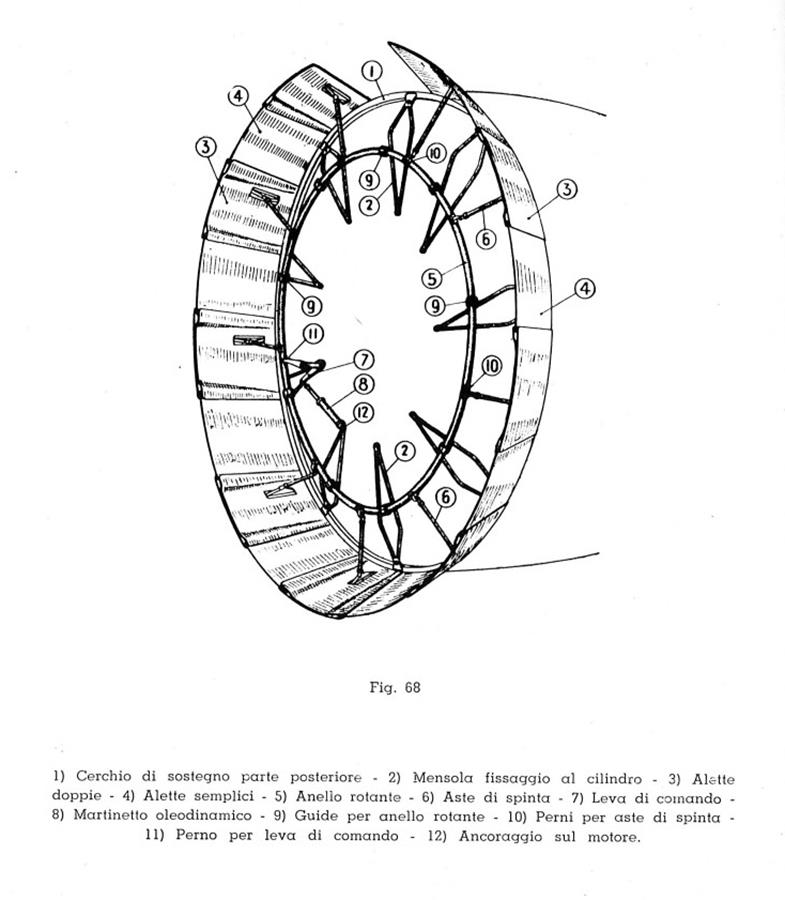


Undercarrage:
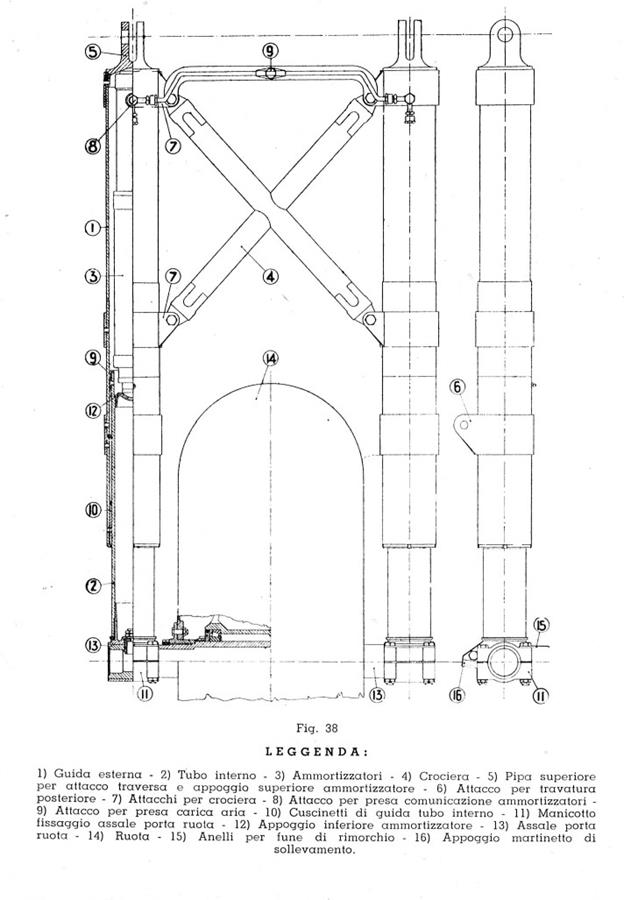
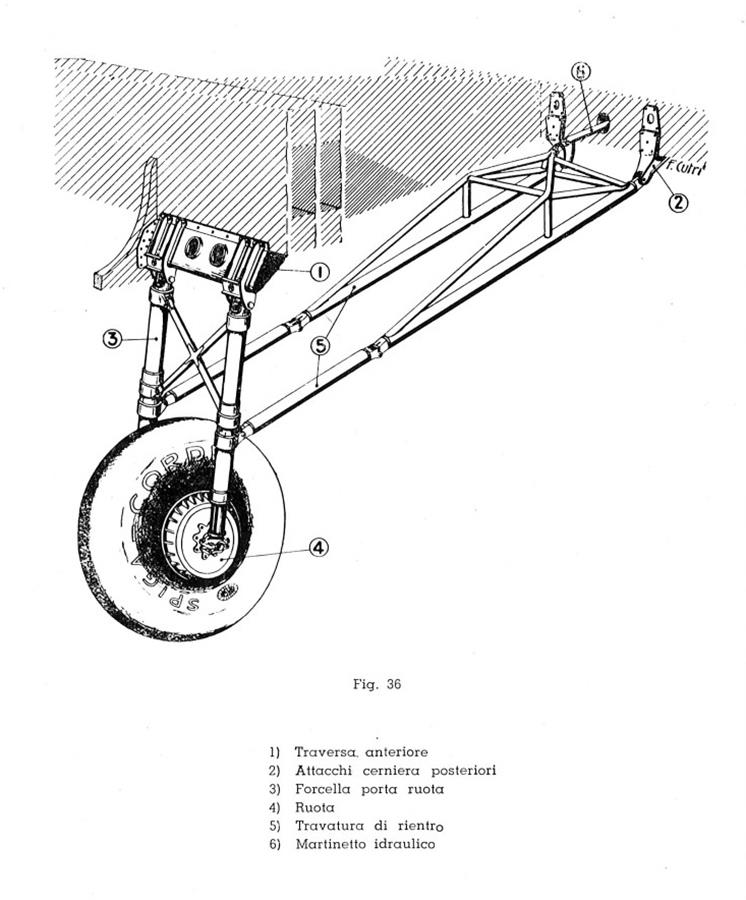
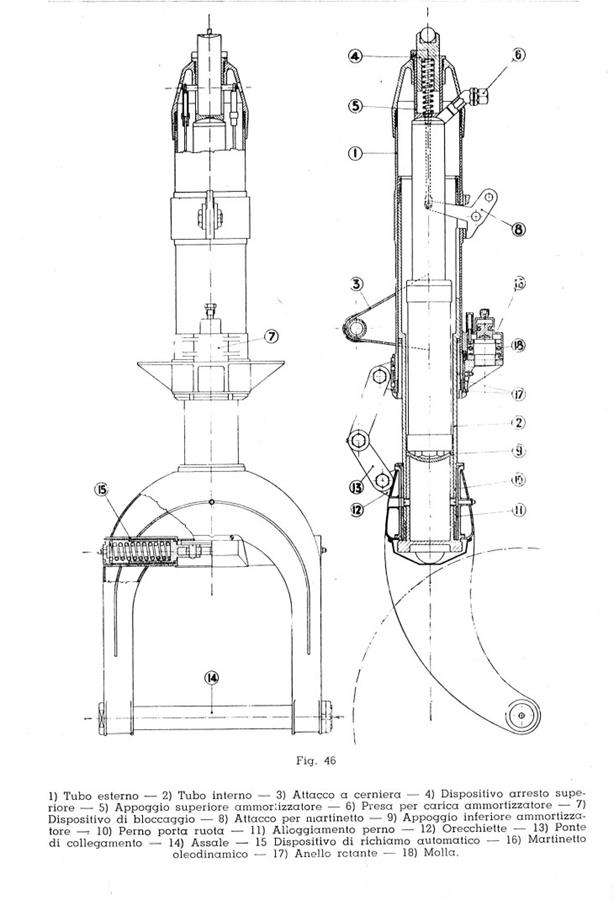

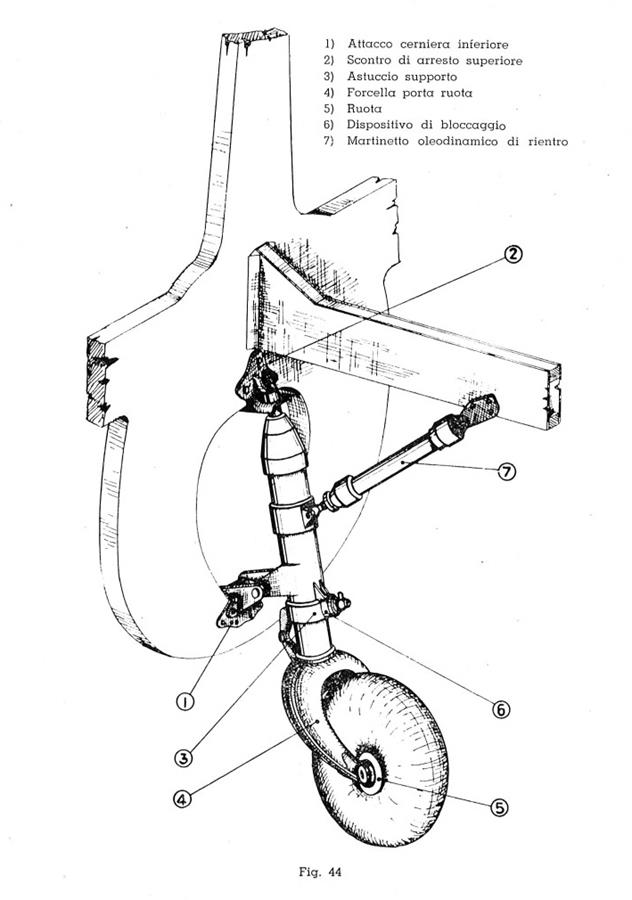
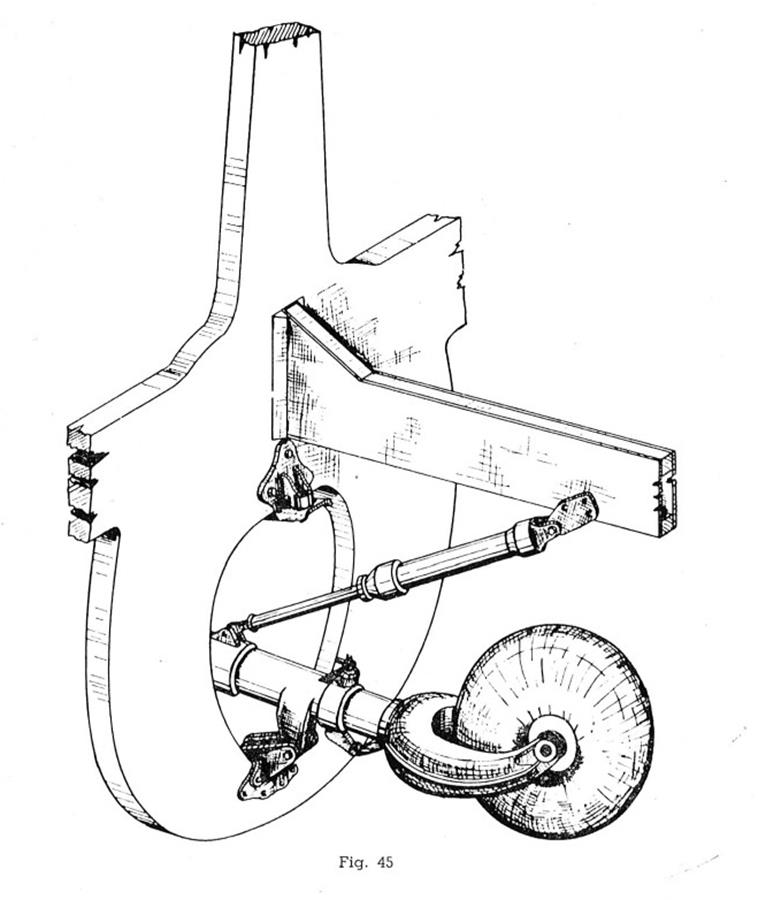
Weaponry and armor:
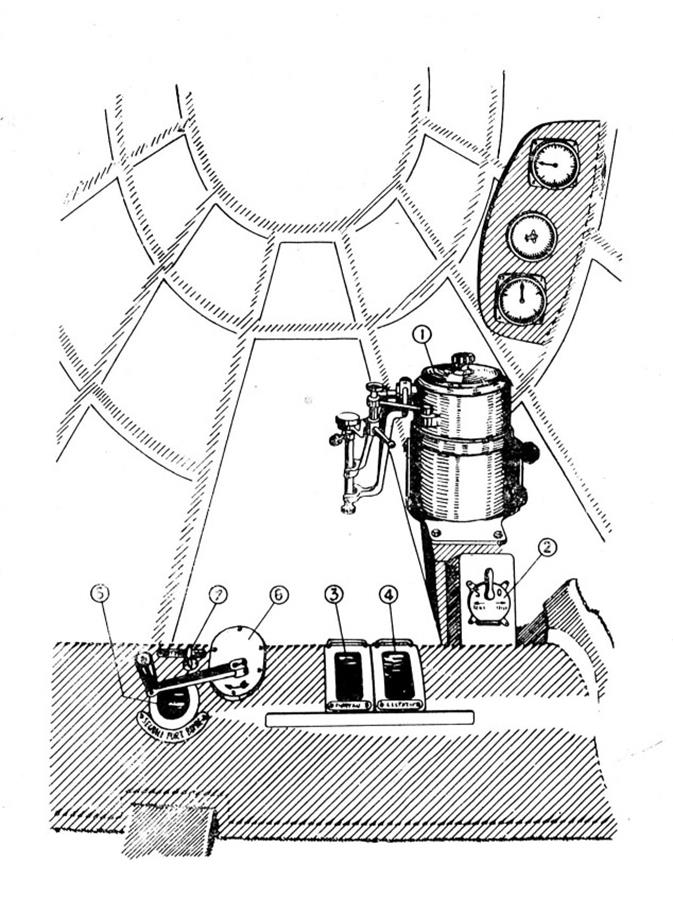
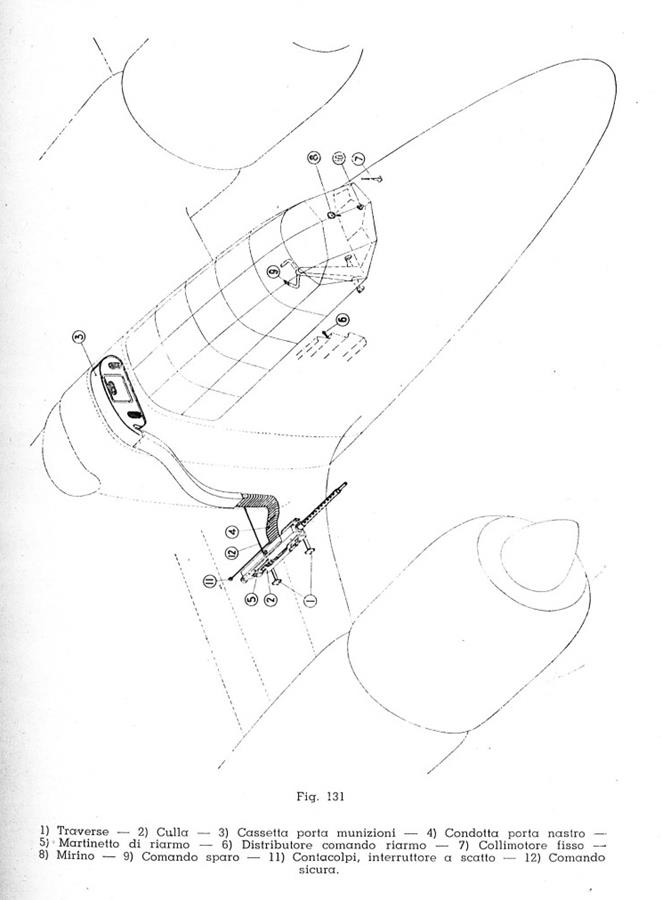
Photos
There are no survived photographies of MM.24292, so here are photos of other units:
Cockpit:
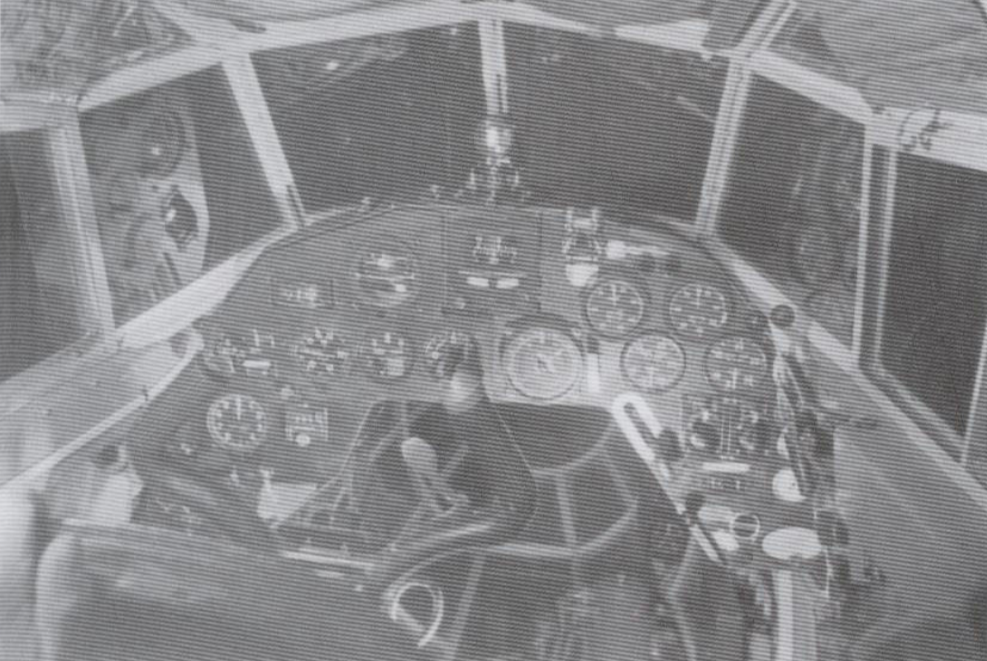
Weapons:
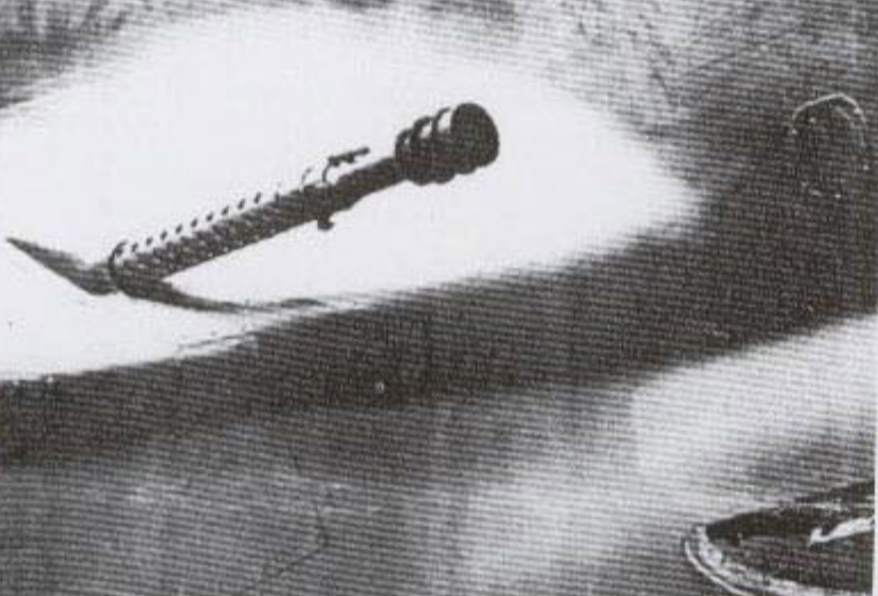

Whole machine:
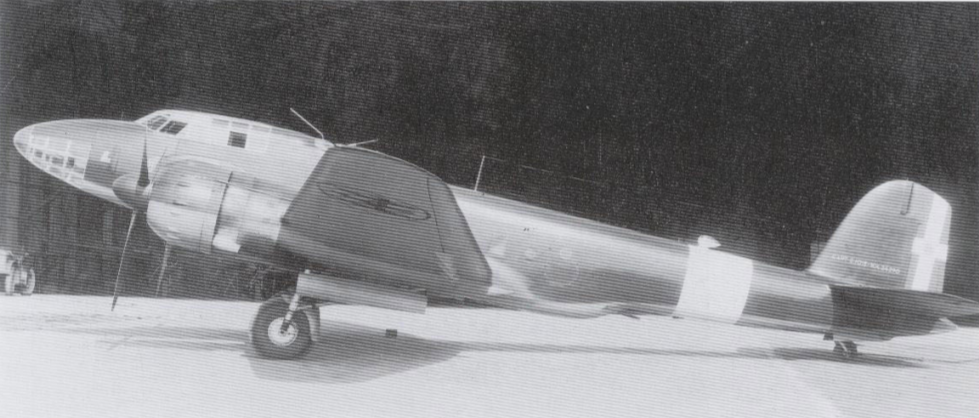
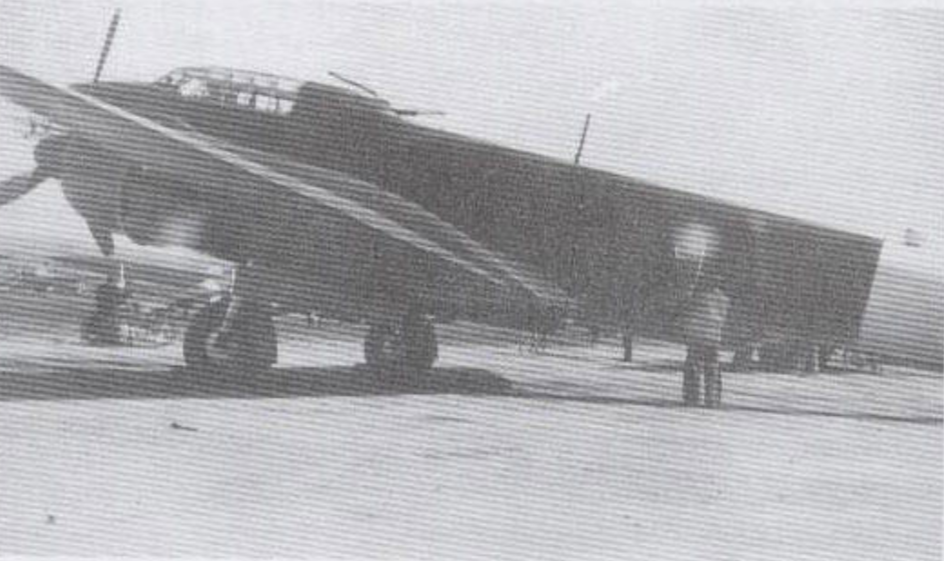
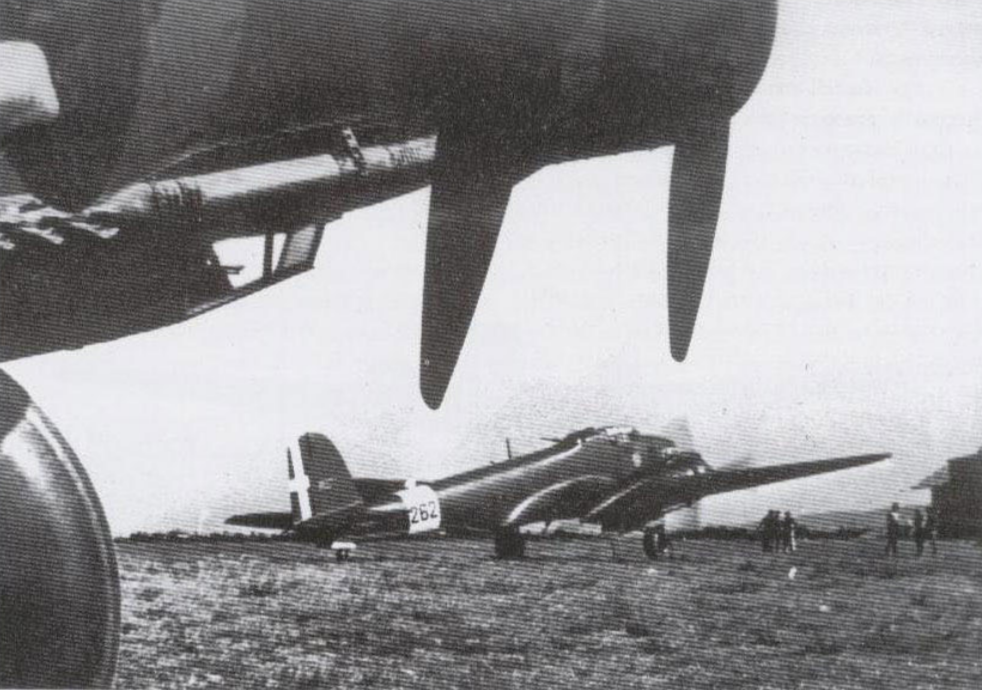
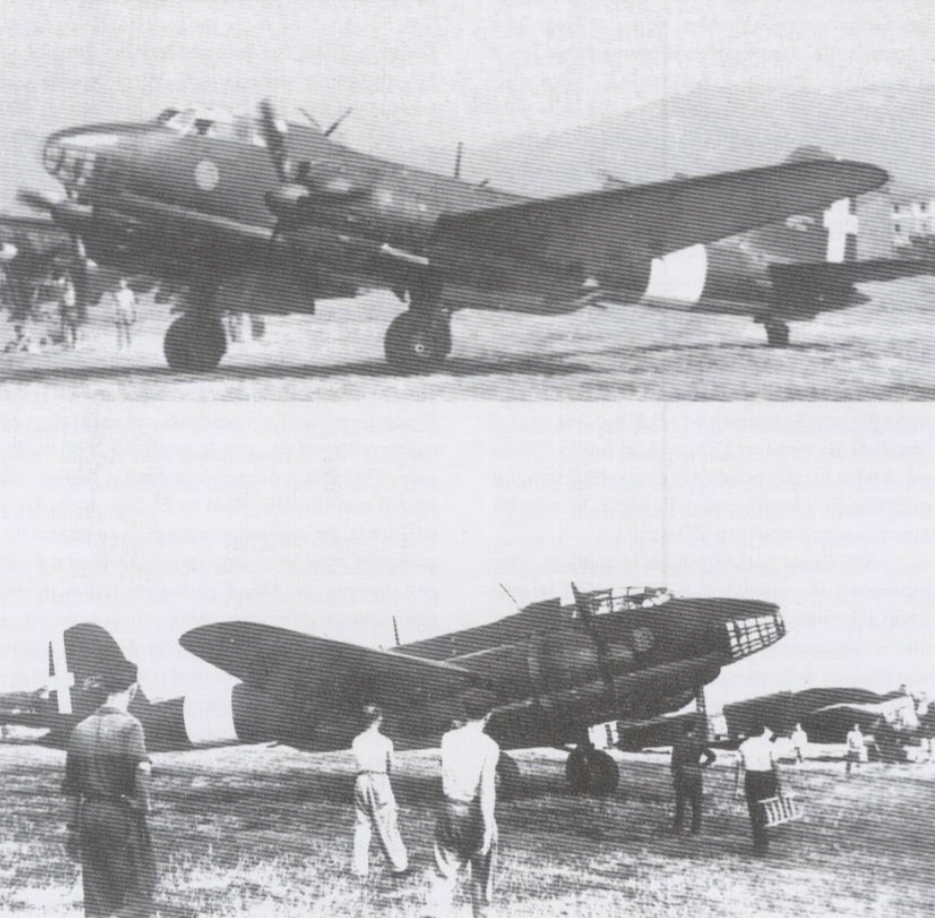

Uploading: Screenshot_20250422-194603.png…
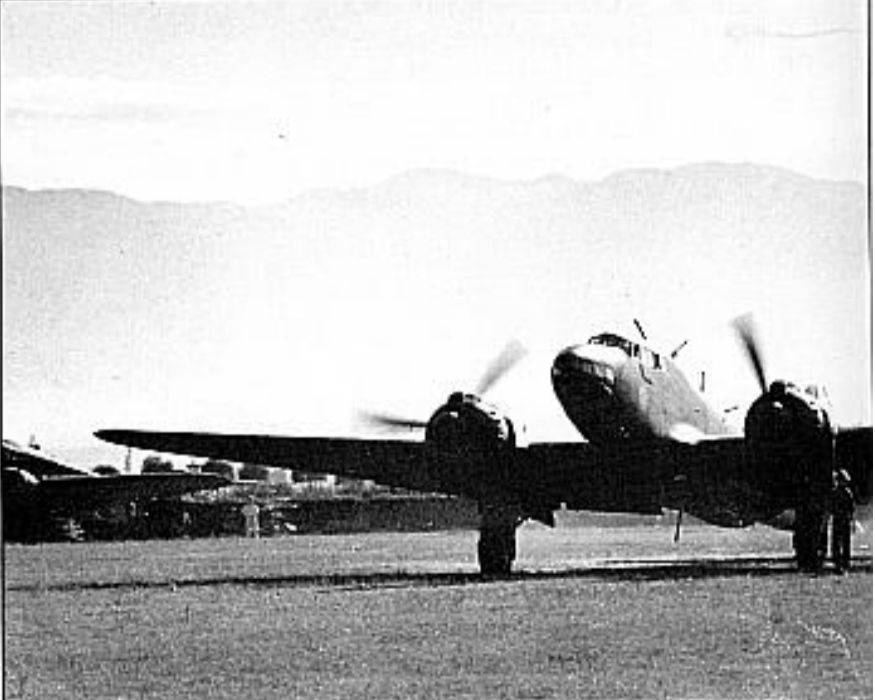
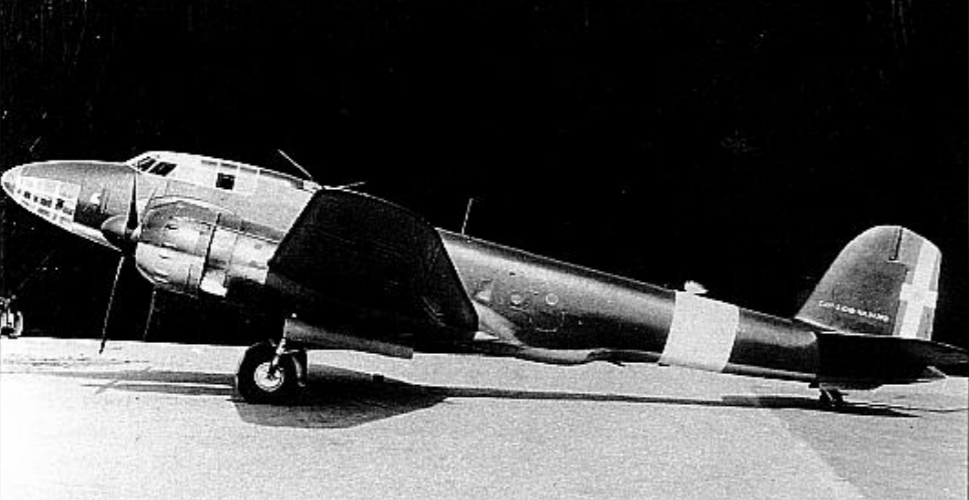
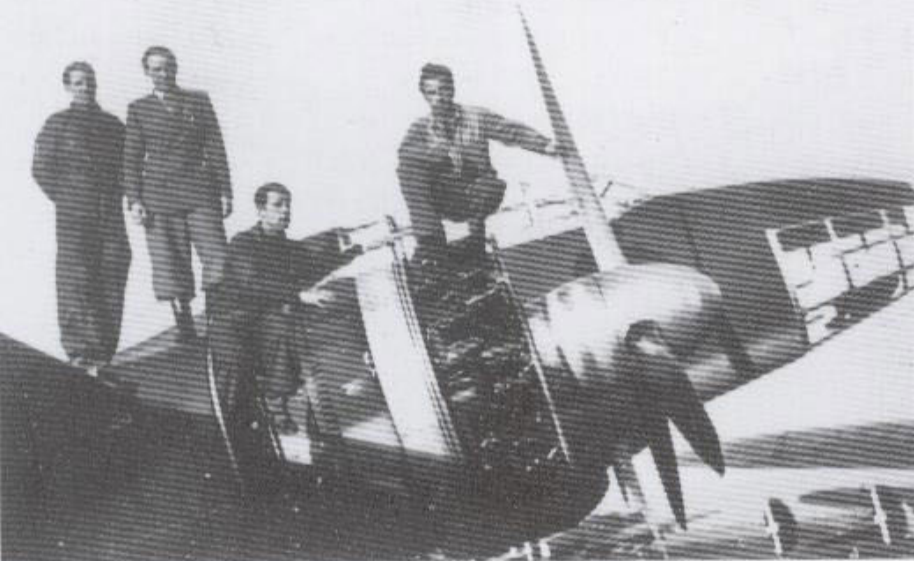
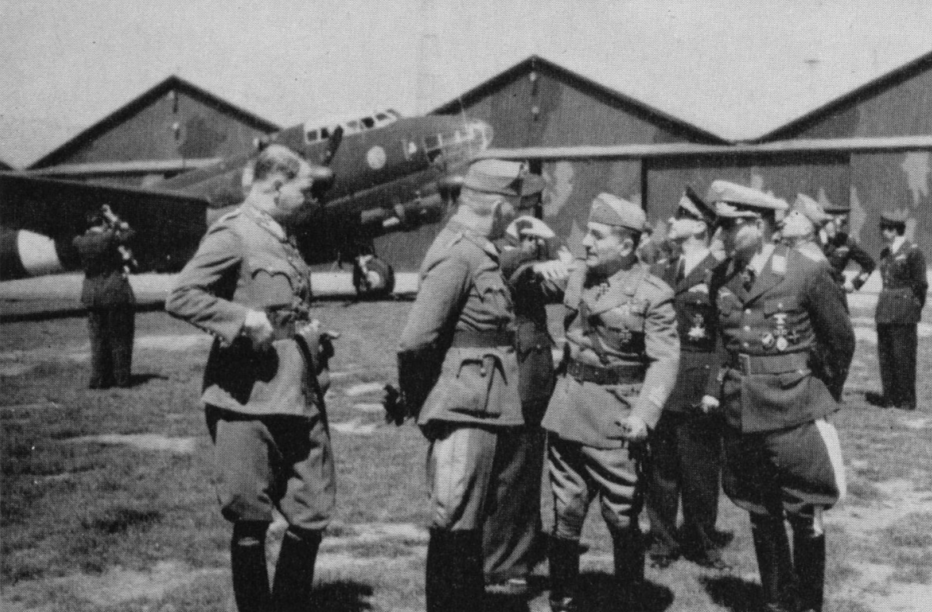
Sources
Book:
Ali D’italia: C.R.D.A. Cant Z.1018
Storia militare septembre 1994
Dimensione cielo no.6 Bombardiere
Aeroplano ‘CANT Z 1018 A” Bimotore da bombardamento in quota e ricogninione veloce con motori Piaggio P.XII R.C.35. Istruzioni e norme per il montaggio, la regolazione, l’impiego e la manutezione. Ministero Dell’aeronautica, Directione generale delle costruzioni e delgi approvvigionamenti $
Bozza Provvisoria del catalogo nomenclatore per aeroplano „LEONE”(Bimotore da bombardamento con motori „P XII”). Ministero Dell’aeronautica, Directione generale delle costruzioni e delgi approvvigionamenti $
Net:
CANT Z.1018 Leone
Уголок неба ¦ CANT Z.1018 Leone
SI VIS PACEM, PARA BELLUM: Il CANT Z.1018 Leone avrebbe potuto diventare un Bombardiere medio italiano della Seconda guerra mondiale.
Il bombardiere medio italiano CANT Z.1018
G.M.S. - Gruppo Modellistico Sestese
Piaggio P.XV - Wikipedia
$ found on: https://www.cmpr.it/MN%20-%20Manuale%20Cant.%20Z.1018%20-FC/man.cant.1018.htmn
MM.24292 CANT Z.1018A/P.XV stand among her sisters because of her flight characteristics upgrated by much stronger engines, it make for peak of Italian bomber designs of WWII and must have in game
- Yes
- No
- No opinion
Pilots, I’m sure that personel of 292 Squadrigilia would wish you fun on their aircraft!
